WHY GO: There are so many inspired things to do in Quincy MA that most people don’t know about. It would not be hyperbole to say that Quincy MA, in many ways, “built” the USA. The hometown of several Founding Fathers (John Adams, John Quincy Adams, and John Hancock), and resource center for the mid 1800’s granite industry, Quincy MA turned out both framers of our Declaration of Independence, and the stone from which to build cities in a burgeoning America.
But Quincy MA does not reside in the past. New restaurants have opened. Housing developments are popping up all over. And young couples, priced out of Boston, are moving in, in droves. This should give you some sense of the buzz surrounding this suburban waterfront town.
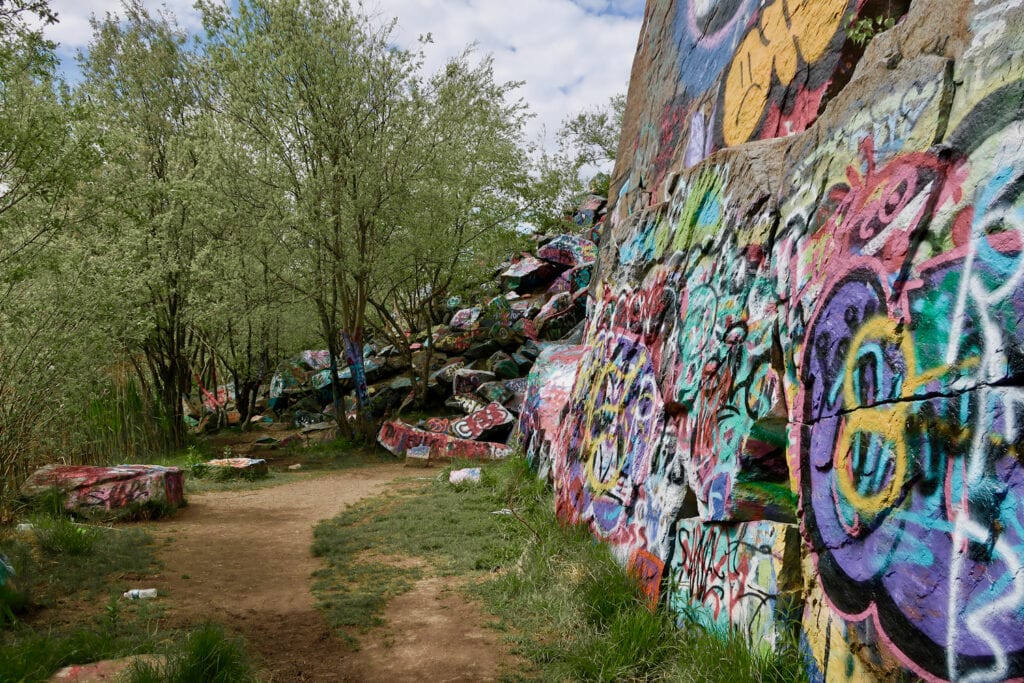
On the water, Quincy is within view of Boston Harbor Island National Recreation Area. It was once the Gateway to Boston and the South Shore until the interstate literally drove people away.
Quincy is also, interestingly, where not-exactly-highfalutin Howard Johnson’s and Dunkin Donuts started out.
But for those who don’t live here, and especially for history buffs in love, Quincy has other amazements: not the least of which is that two US Presidents, John Adams, and his son, John Quincy Adams, are interred side by side with their wives in tombs you can actually touch.
Yes, Quincy MA gave us the most passionate Founding Father Romance of all time: that of John and Abigail Adams.
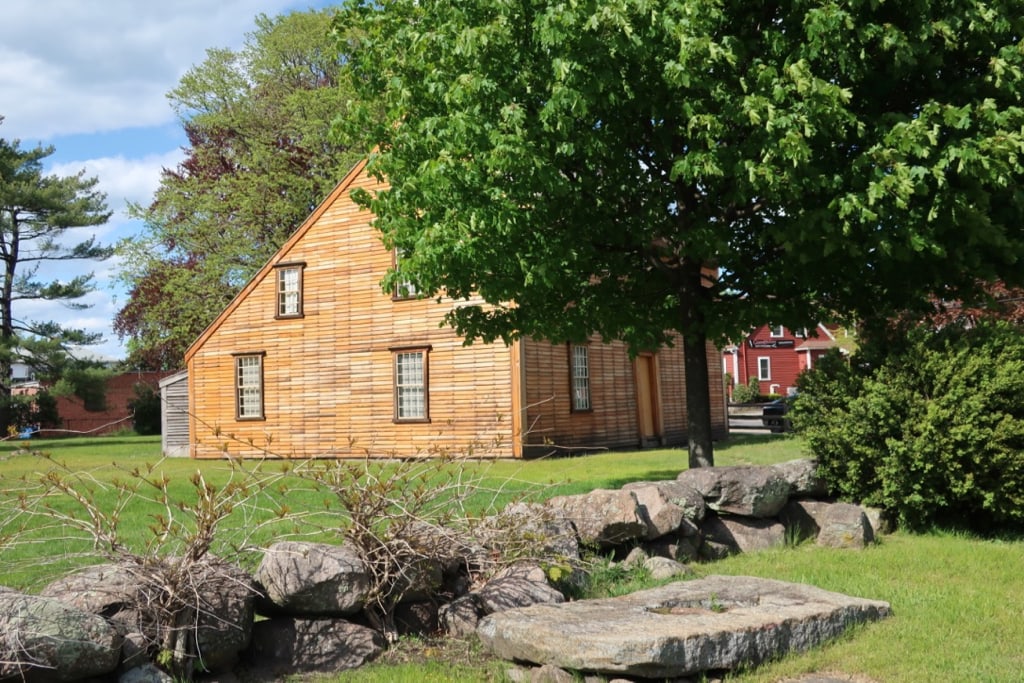
Quincy is certainly a town steeped in American History. There are seven National Historic Landmark buildings within a mile of each other – each with a story to tell.
The Quincy, Adams, and Hancock families feature in most Early America stories, of course, and all hailed from here. The Quincy’s were a wealthy family and the Adams were not (John Adams, from a middle class “beer brewing” family, raised his status when he married Abigail Smith, a Quincy cousin). But they were equally beloved in the community for their devotion to public service.
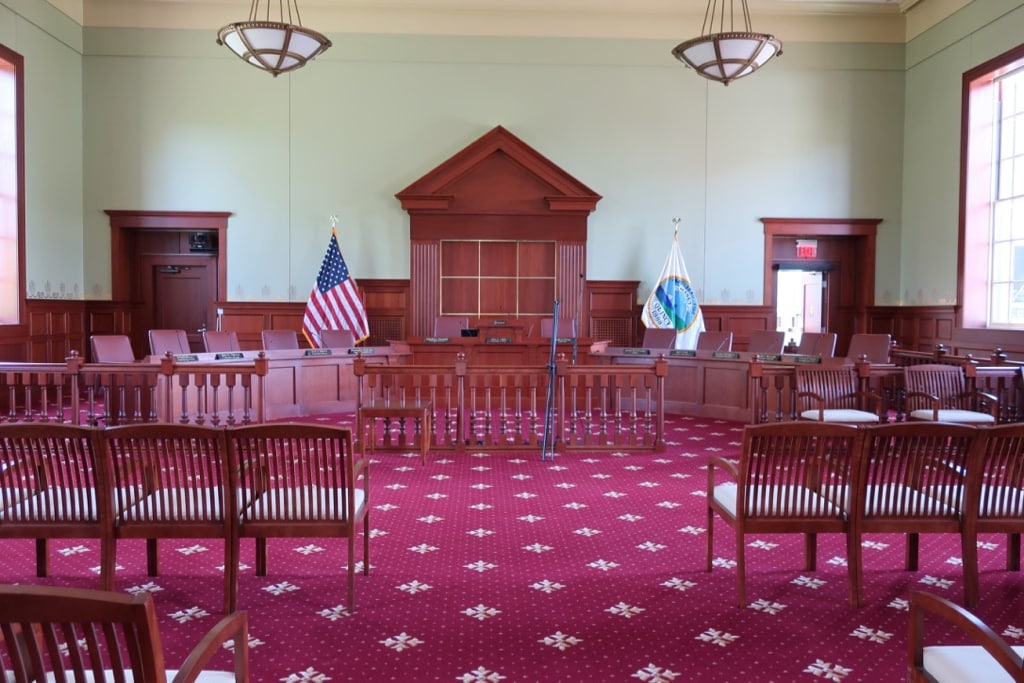
Quincy MA was also very much a working class and industrial city: first due to the Granite industry, and then, a century later, when WWII shipyards drove the economy.
Tours and attractions allow you to dive deep into stories of our country’s first revolutionaries, the town’s Granite Industry, our Naval shipbuilding history, and, of course, you’ll eat and sleep well throughout. Read on for our best recommendations.
Things to do in Quincy MA
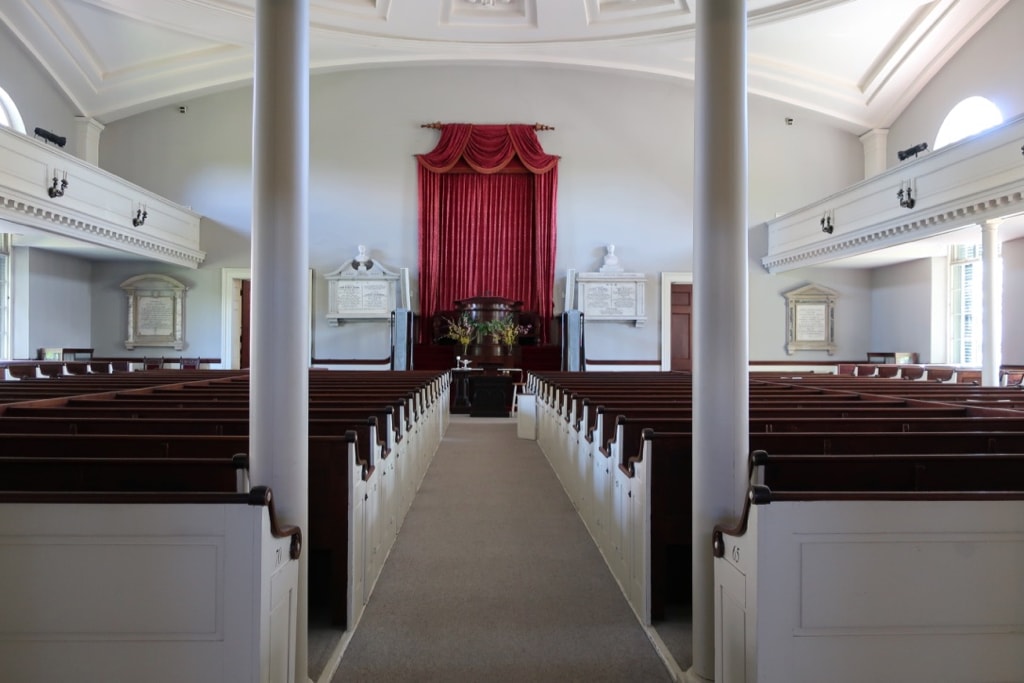
TOUR: United First Parish Church of Quincy aka “First Church of Presidents”
Location of Adams Family Crypt – the final resting place of the 2nd and 6th US Presidents and their wives.
Built in 1828, the United First Parish Church of Quincy is the fourth Meeting House on this site, as home to the First Parish community founded in 1639. It cost a whopping $30.5 thousand (over $1 million in today’s dollars), with funds raised by selling pews: $100 in the back, $400 for the first few rows. The ivory “Mortgage Buttons” still remain on aisle seats.
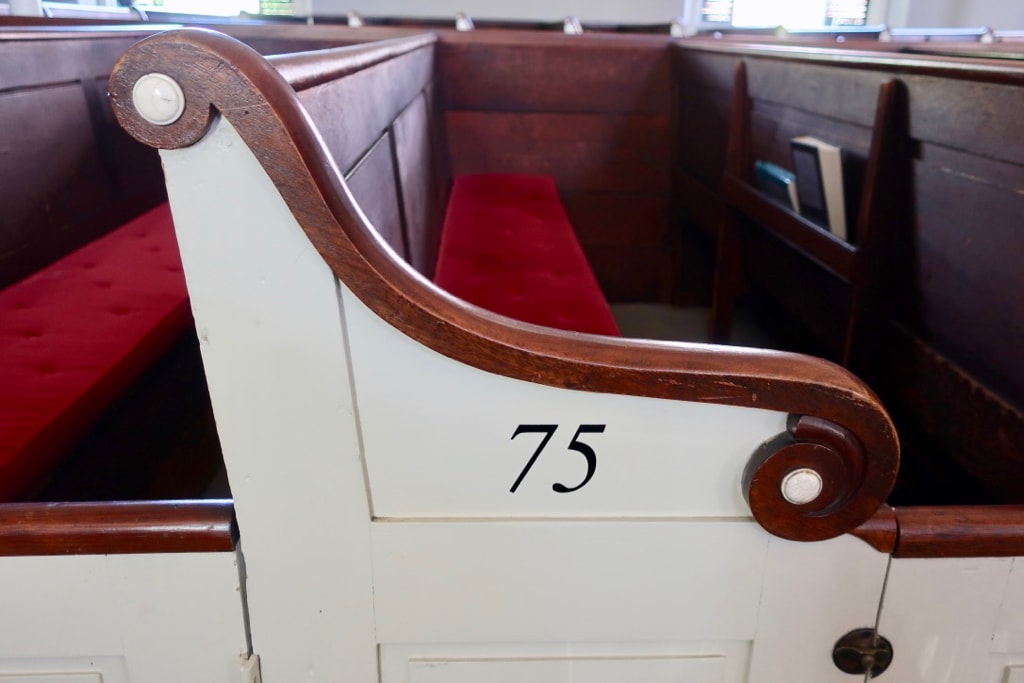
Rev. John Hancock (father of the J. Hancock who signed the Declaration of Independence) was the Church pastor for 14 years. In fact, he baptized John Adams here in 1735.
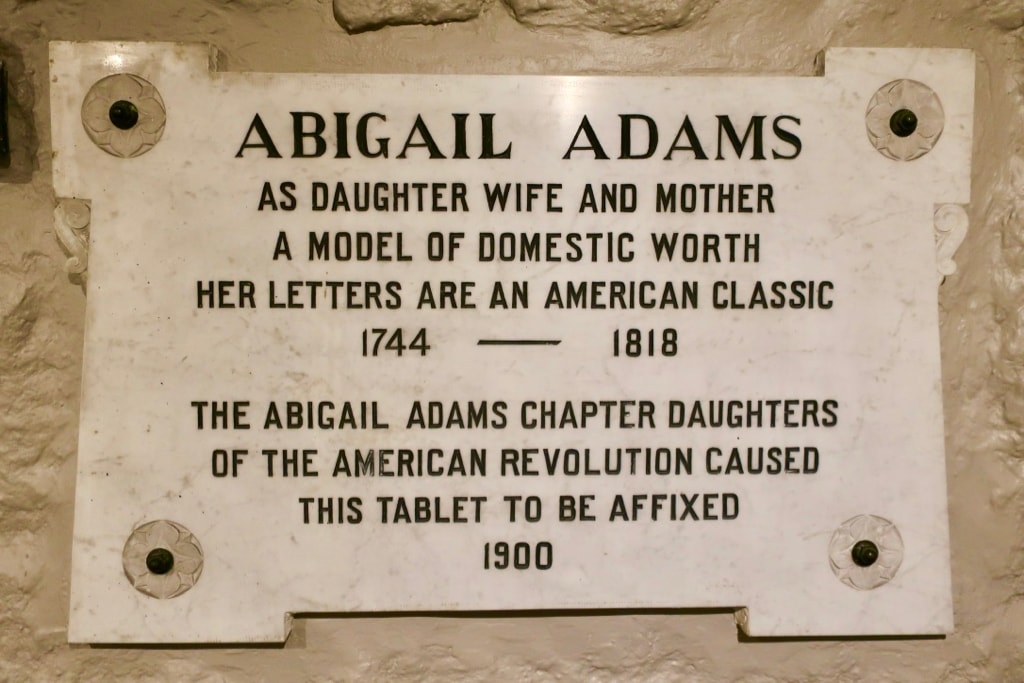
John Quincy Adams sat not in the first row, but in the fifth, “for better sight-lines,” according to a guide. The plaques to the right of the pulpit were John Quincy’s memorial to his parents, John and Abigail, interred, with him and his wife, Louisa, downstairs.
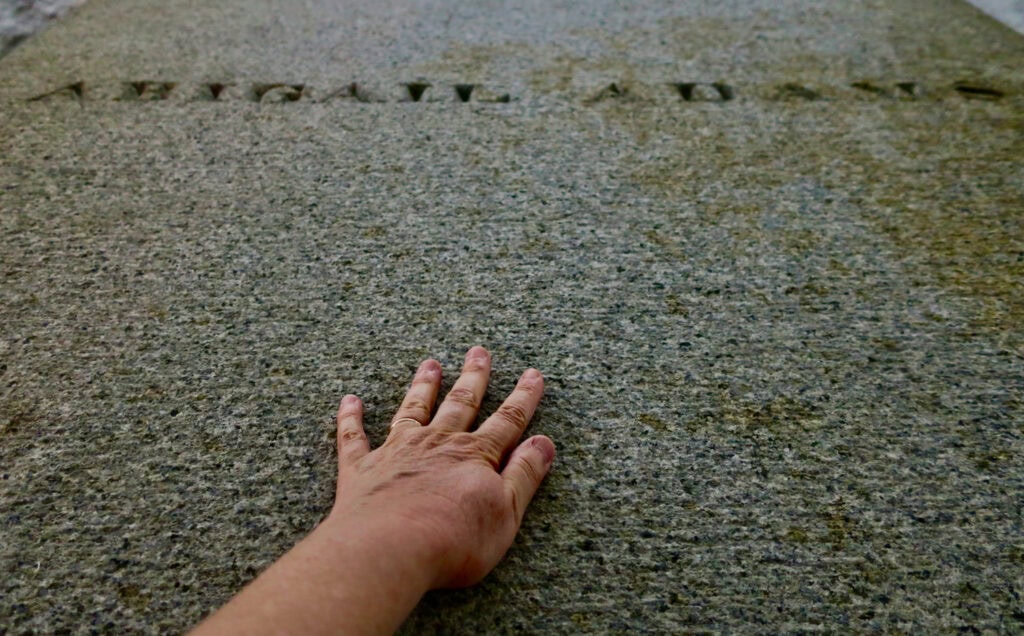
History aside, this church offers a thrill like no other. It is the only Presidential crypt where two US Presidents and First Ladies are buried together in a Church. In this case, “Presidential power couples,” John and Abigail Adams, and John Quincy and Louisa Adams. You can actually walk in and place your hand on their tombs. Check website for hours, dates and admission costs.
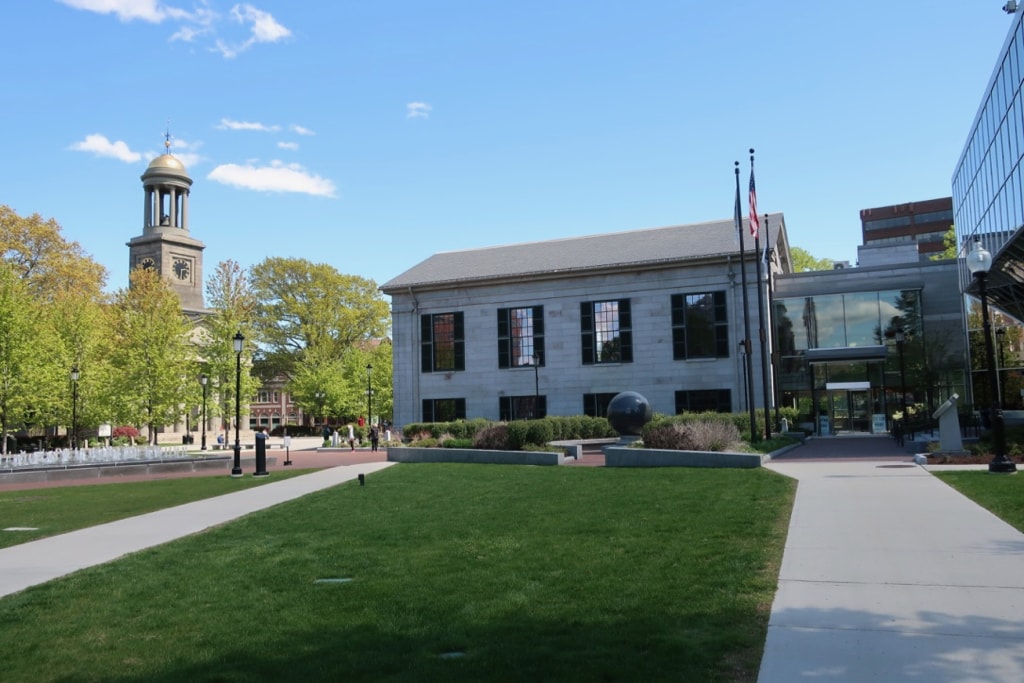
GO: Quincy City Hall, Hancock-Adams Common
Solomon Willard (who also designed the Bunker Hill Monument), designed the Historic 1844 Town Hall to look like Mechanics Hall in Boston. Renovated in the early 2000’s, it faces the Church of the Presidents with the new Hancock-Adams Common between them.
In 2018, the city rerouted busy Hancock Street around the complex, rather than right through it. Now, this plaza, with dancing fountains offering cool mist on hot days, is a tranquil place to stroll.
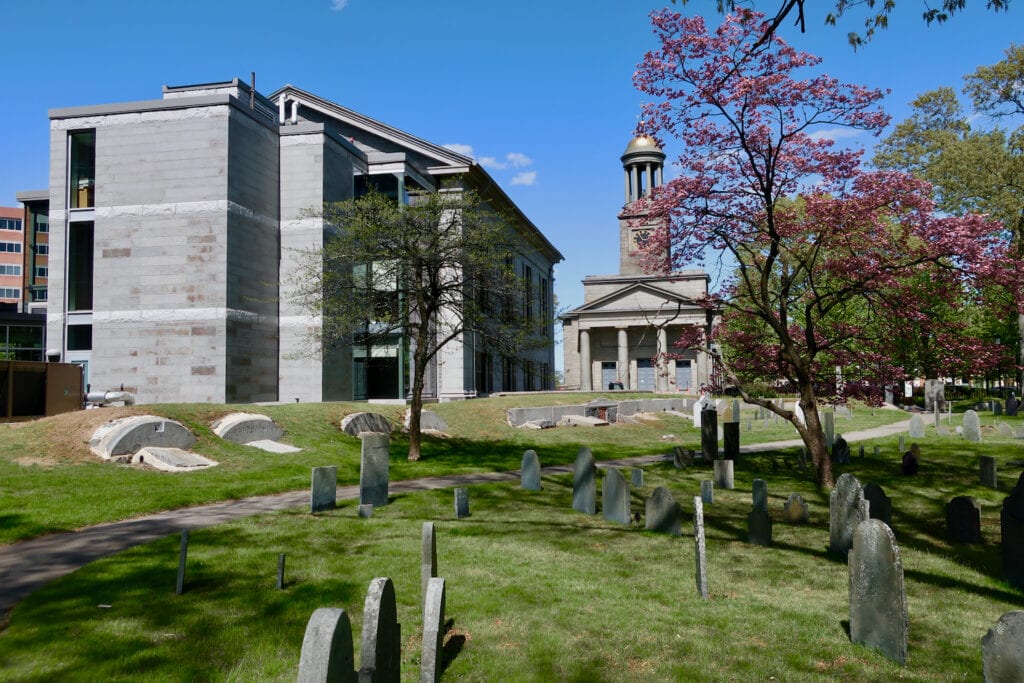
VISIT: Historic Hancock Cemetery
The Historic Hancock Cemetery is right outside Town Hall. The oldest grave is marked 1644, indicating the burial of some early settlers, but for the most part, prominent families, and veterans of the Revolutionary War and War of 1812 are interred here.
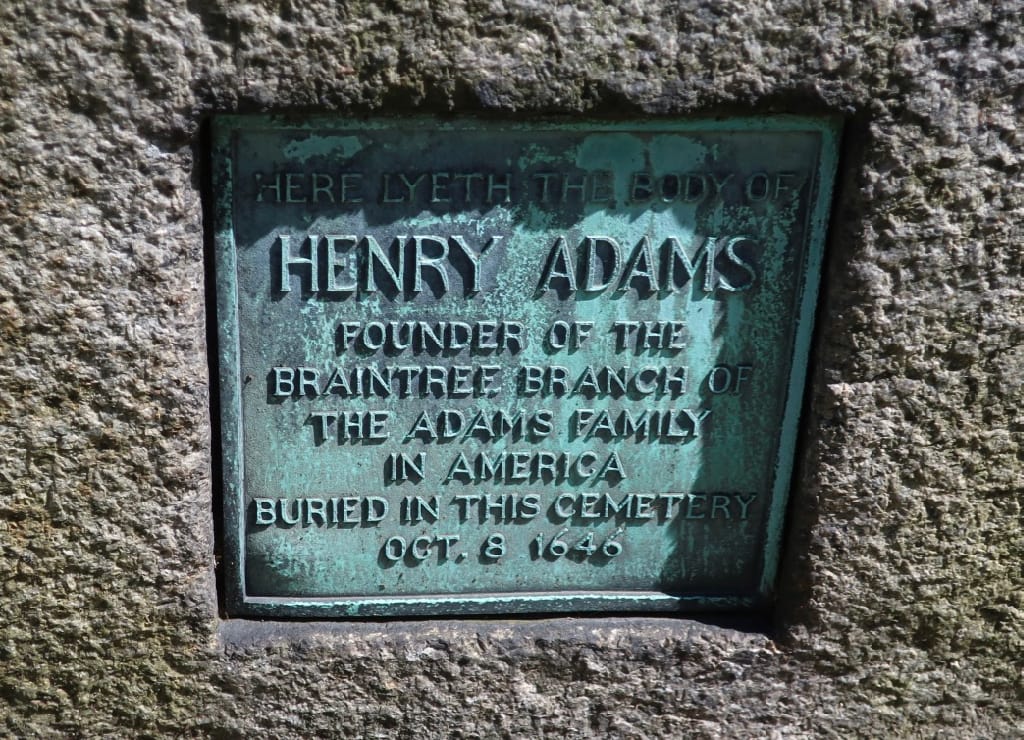
The last burial, in 1902, was a Civil War vet. Many members of John Adam’s family, including his parents, grandparents, and daughter Abby, nicknamed “Nabby,” rest eternally in this historic place. As tempting as it might be, don’t even consider gravestone rubbing on these hallowed grounds.
DRIVE/TOUR: The Presidents Trail
Though billed as a “walking trail,” best to take your car on this six-mile (plus) Presidents Trail that guides you to most of the National Historic Landmarks. See The Presidents Church, Quincy Library, Quincy Homestead, Quincy House, Adams Academy, Peace Field, and Adam’s Birthplace – the country’s oldest Presidential Birthplace.
VISIT: Adams National Historical Park Visitors Center
Get your bearings at the Adams National Historical Park Visitor’s Center at 1250 Hancock St, where you can see the new park movie, Enduring Legacy: Four Generations of the Adams Family. The Park encompasses the following. (Check tour times – if any – for each site on the website).
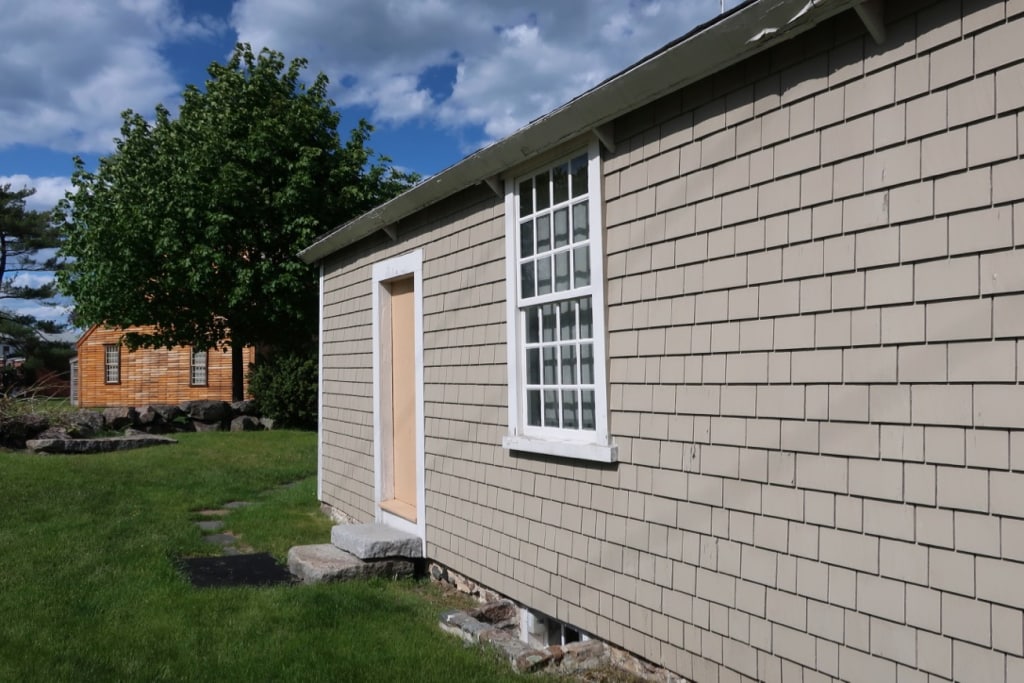
STOP: John Adams and John Quincy Adams Birthplace
You’ll find these two freestanding 17th-century buildings, in the process of being authentically restored, on a busy thoroughfare surrounded by commercial shops. On their original foundations at the foot of Penn’s Hill, John Adams’ and his son, John Quincy Adams’ homes – just 75 ft apart – were in the hands of family until the early 1900’s.
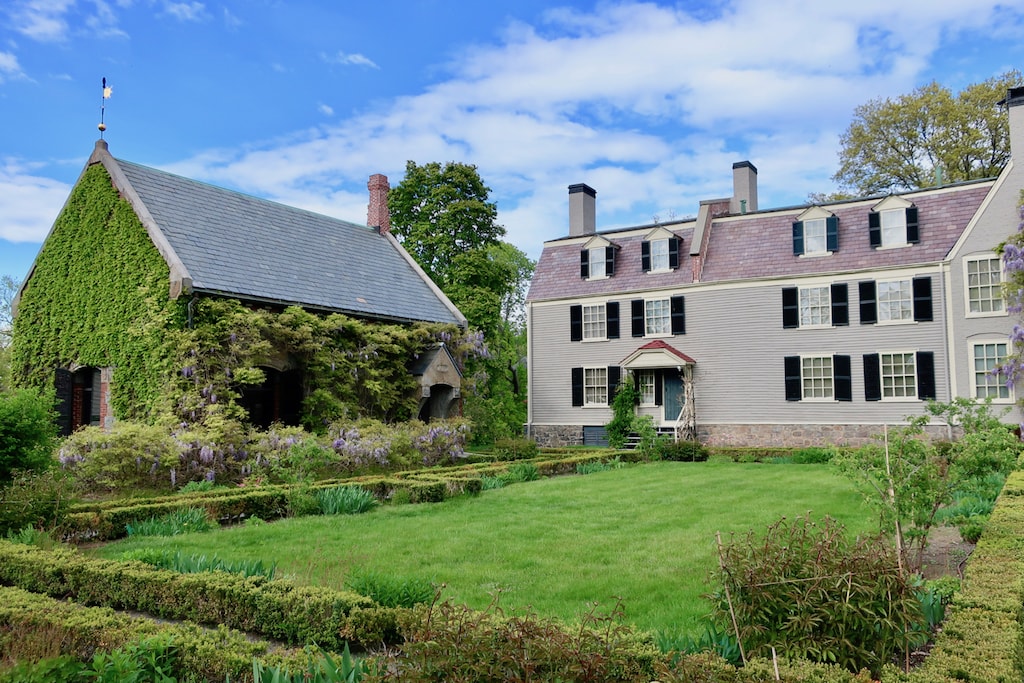
TOUR: The Old House at Peacefield: John Adams Summer White House
John and Abigail Adams moved into the house they called The Old House at Peacefield, in 1788. Adams wrote of his 75-acre property, over a mile from their farm, “I think to christen my Place by the Name of Peace field in commemoration of the Peace which I assisted in making in 1783.”
John served as VP and then President while living here, and it’s where he and Abigail spent their retirement years.
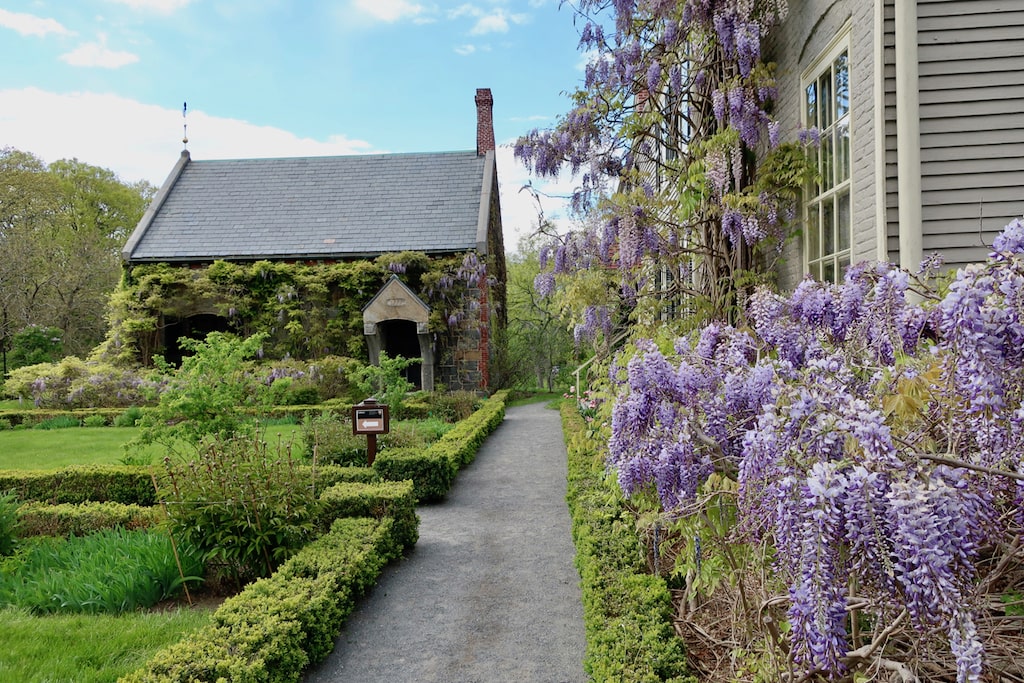
Peacefield is absolutely stunning in Spring, with blooming purple wisteria draped over the stately grey home and stone library (considered the “First US Presidential Library”).
Even if you don’t get the chance to tour the interior of this Adams National Historic Park house, in the Adams family until 1927, experiencing Peacefield’s gardens, and undulating wildflower field provides some mesmerizing moments.
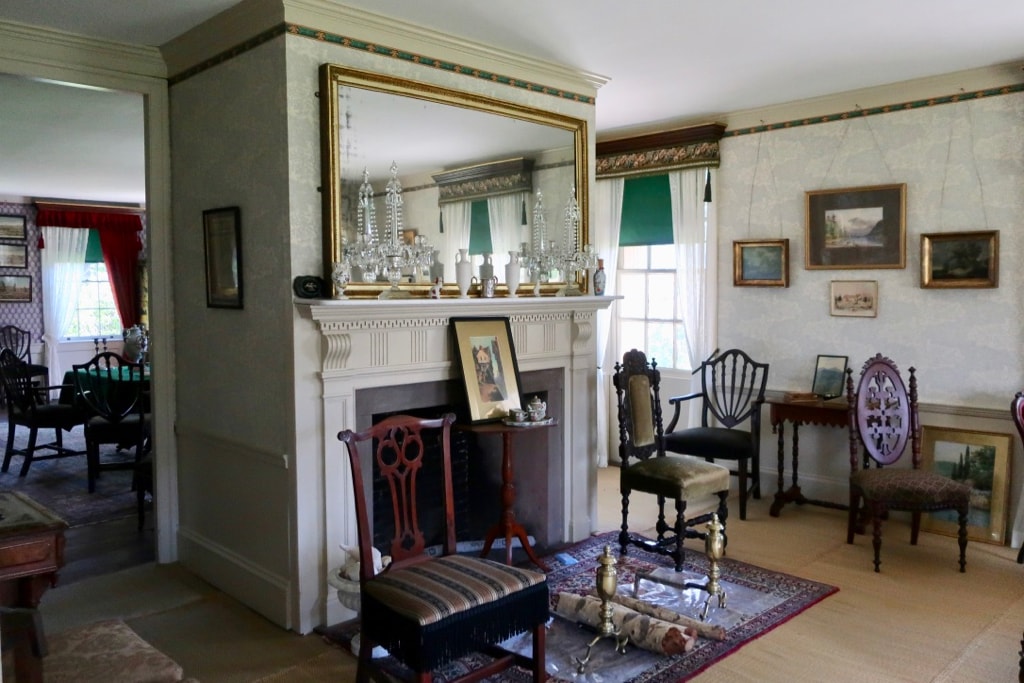
TOUR: Quincy House, Historic New England
Josiah Quincy built this estate in 1770, on 400 acres overlooking Quincy Bay. Over the last decade, The Quincy House has morphed from just another 18th Century house tour to one that tells the story of the Revolutionary War era, and Josiah’s Great Granddaughter, Eliza, who documented her family history in the 1880’s.
Because their property had sea views, Josiah would climb to the attic, scribble the names of British ships he saw coming into harbor on the windowpane, and then reported them to George Washington. Josiah’s son, Josiah II, a good friend of John Adams, died a hero for the cause in the lead up to the American Revolution. The property passed to grandson Josiah III, whose daughter, Eliza, was, thankfully a prolific diary and letter writer.
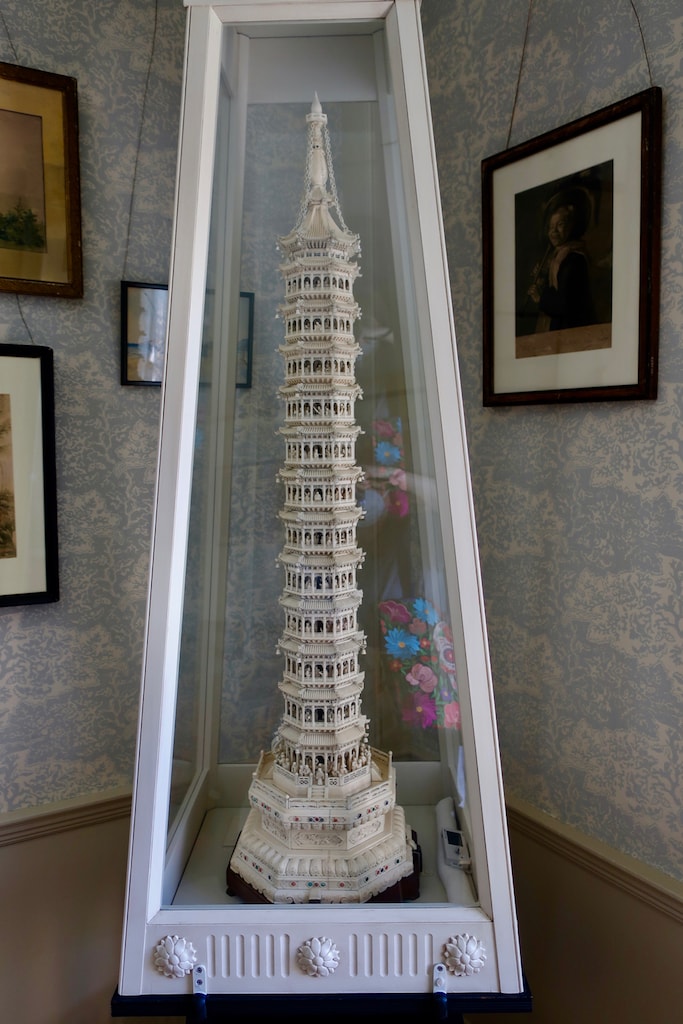
As a watercolor artist, and because she also commissioned a photographer to take pictures of each room in her home, Eliza made it easy for historians to reconstruct the house accurately. A serious historian, she persuaded relatives to return heirlooms so that the house could become a repository of Quincy family history. Many did, and so the home boasts fifty percent of its original furniture.
Juicy tales abound on this tour. Tales of pirate gold, and French Marquis, and other family lore.
Décor and artifacts, along with Eliza’s documents, also tell the story of the China Trade (see an ornately carved ivory tower from China), world luminaries who visited, portraits of generations of the family, and some surprises.
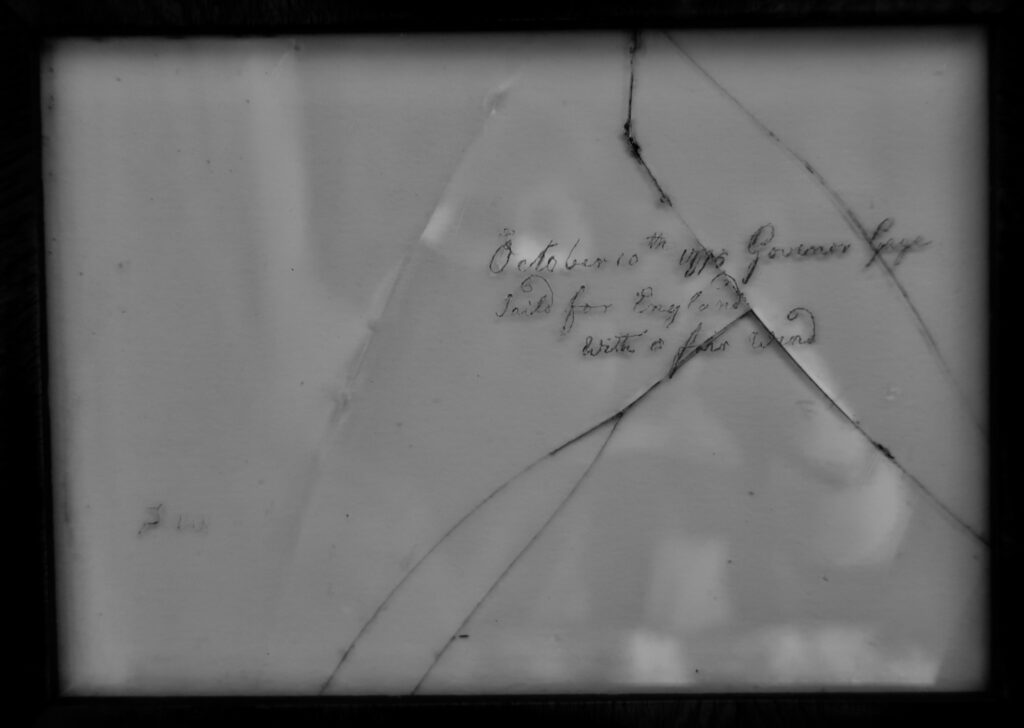
One biggie is that a section of the windowpane etched with the names of those British ships, has been preserved. Check website for tours times and costs.
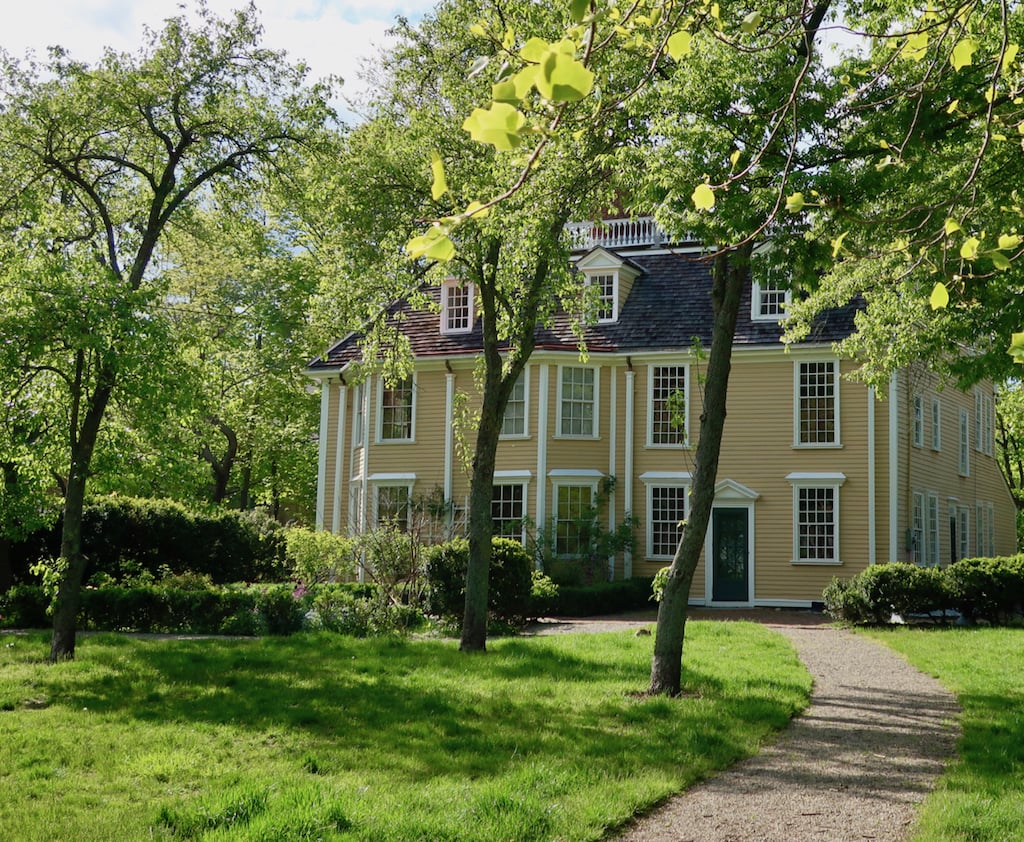
TOUR: Dorothy Quincy Homestead
Tour the childhood home of Dorothy Quincy Hancock, wife of the Gov. John Hancock, first to sign the Declaration of Independence. This pretty place, the earliest surviving home of the Quincy family, was built in 1686 and expanded in 1706.
It was home to three generations of “Dorothy Quincy’s,” and provides an overview of 300 years of architectural evolution. Gardens open daily dawn to dusk. Check website for tours and fees.
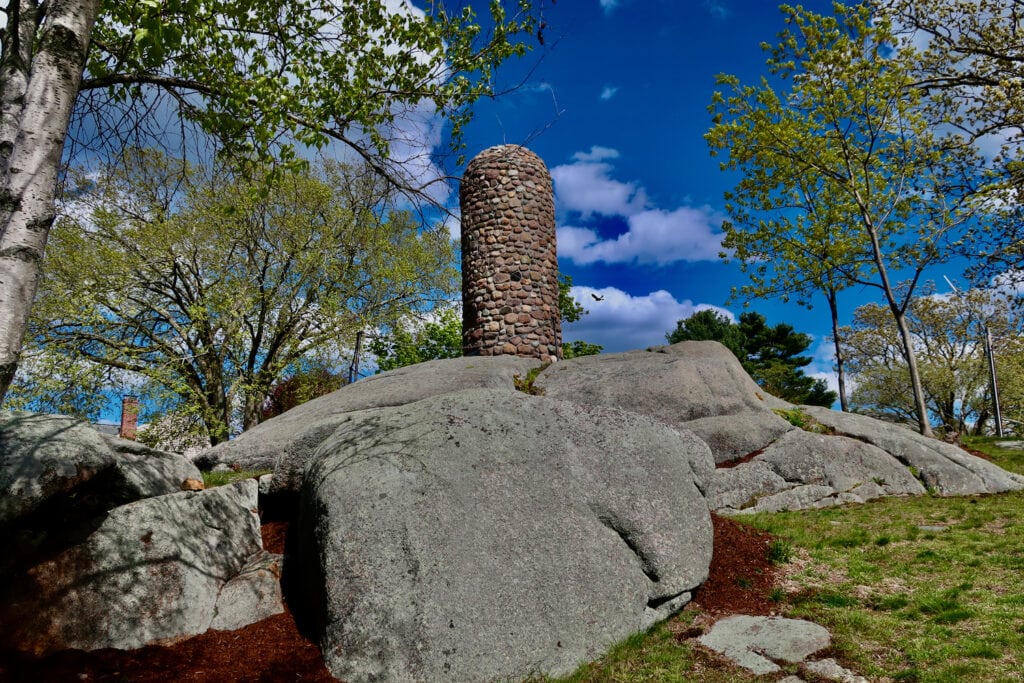
PHOTO OP: Abigail Adams Cairn – atop Penn’s Hill
The story goes that Abigail took her young son, John Q. up to this spot – now known as the Abigail Adams Cairn – to watch the Battle of Bunker Hill as it was happening.
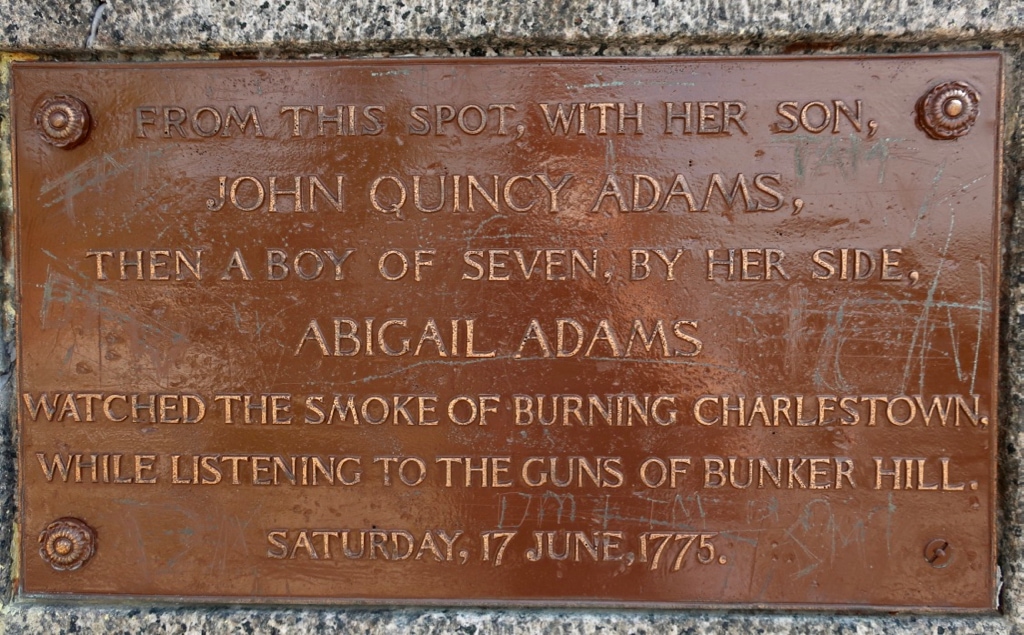
Awoken in the middle of the night by the sound of bombs going off in Boston, the two could see the smoke and fire of the waterfront neighborhood of Charlestown burning. A monument marks the possible location of where Abigail and John stood that night, but some consider it just a good guess.
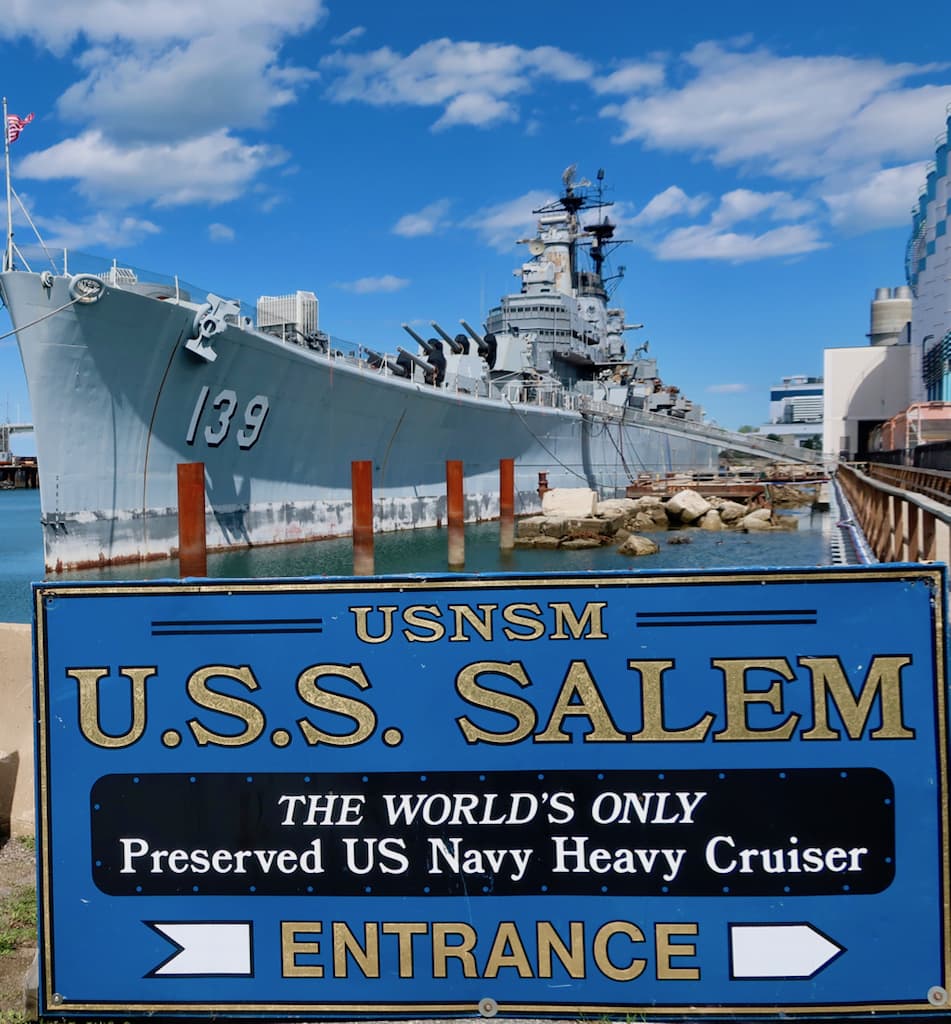
TOUR: U.S. Naval Shipbuilding Museum in Quincy Built USS Salem
It can take a good 2 hours to tour all 13 floors of the 714 ft. long USS Salem – the only WWII Heavy Cruiser left in existence and berthed at its homeport. Built in the former Fore River Shipyard, the Cruiser was the size of two Destroyers, and could hold 1,100 sailors and 300 officers.
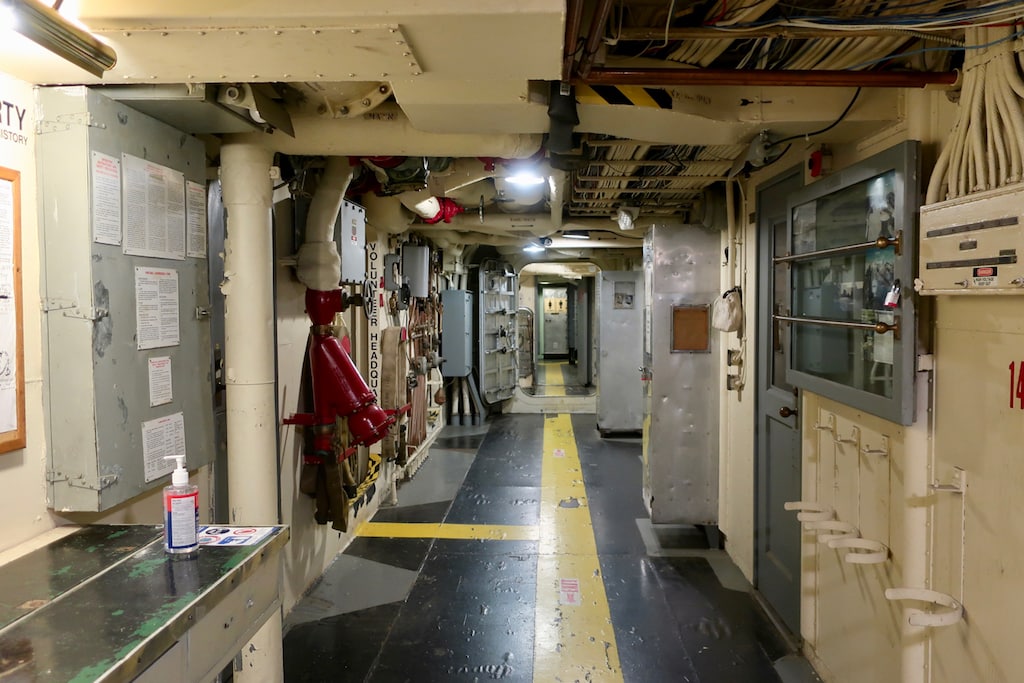
The USS Salem served in both the Mediterranean Sea and Guantanamo Bay. In fact, it made so many trips to the Bay, it was nicknamed the “Gitmo Express.”
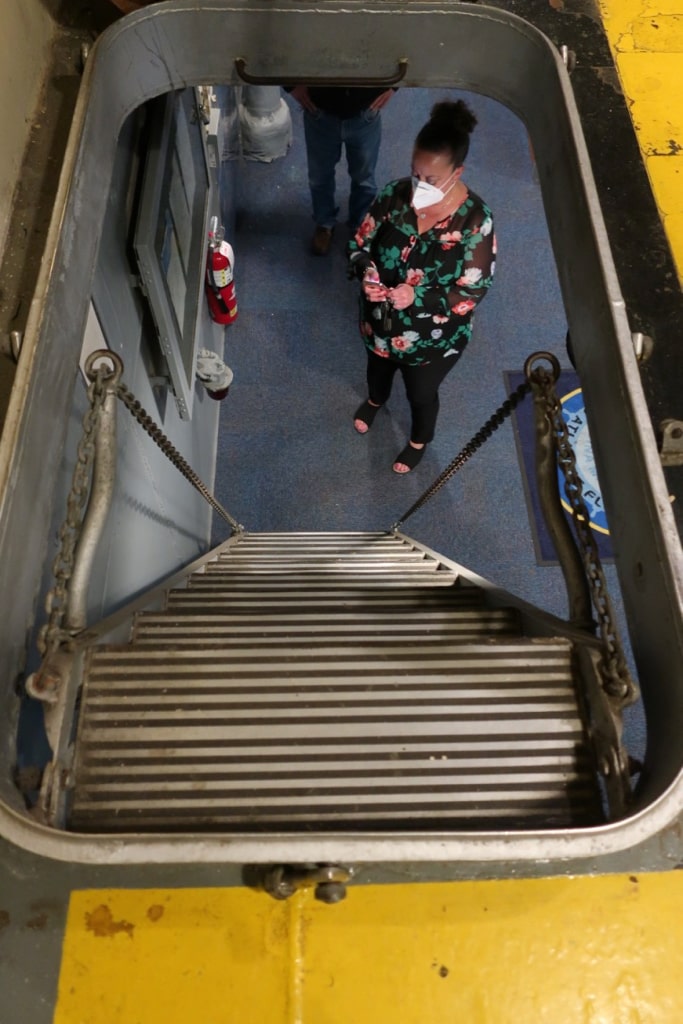
A guided tour takes you by the Post Office, snack shop, barbershop (a nickel a cut), blacksmith shop, and sleeping quarters with a locker that shows how sailors stowed their spare personal belongings.
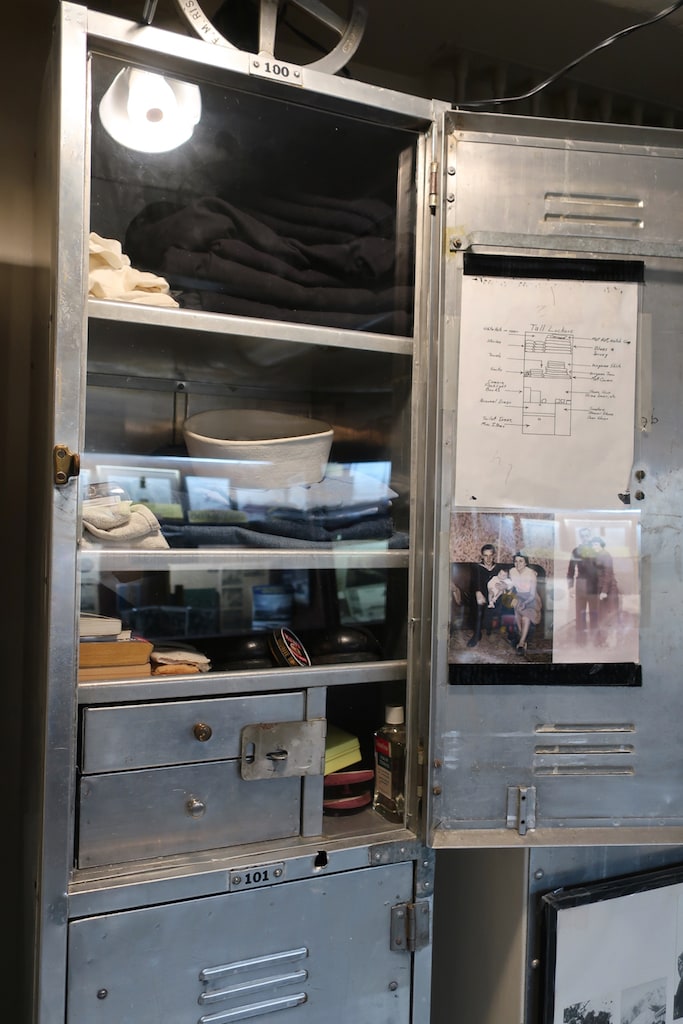
Bunkrooms have been converted into museums, where you find Military Weapons Display and Archives, a Model Ships collection, and photos and memorabilia from every class of ship. There’s a picture of Lou Gorman – a ship’s Lieutenant who went on to manage the Red Sox. Another exhibit presents information on women welders, the “Rosie the Riveters” of Quincy.
Even for locals with no immediate connection to the USS Salem, the Cruiser is a meaningful touch point. Recently, the family of a fallen Navy Seal from Quincy chose to have his memorial service there.
Out of town visitors can learn quite a bit about life at sea on a city-sized ship, and pay respects to the men and women of the Navy while doing so.
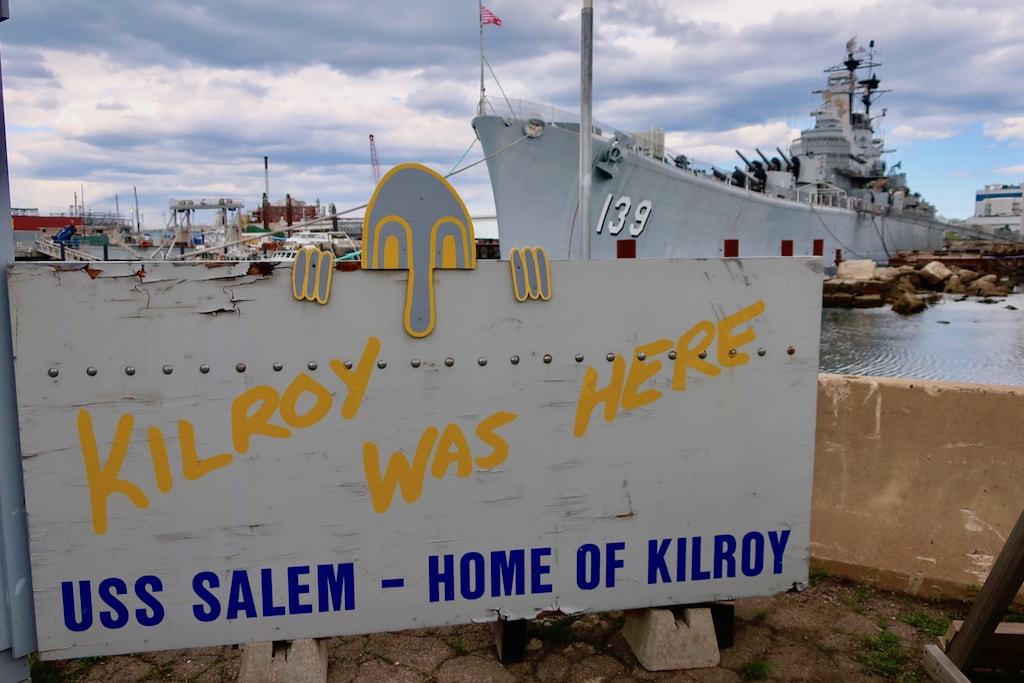
Kilroy Was Here
By the way, did you know that the WWII big nose meme, “Kilroy Was Here,” originated in Quincy? James Kilroy, an inspector at the Quincy Shipyard, was responsible for counting the rivets on completed ships.
If subpar, Kilroy would include a picture of his nose over the hull, and write those famous words. From there, Kilroy became the face of US troops all over the world. Check website for tour times, dates, and admission fees.
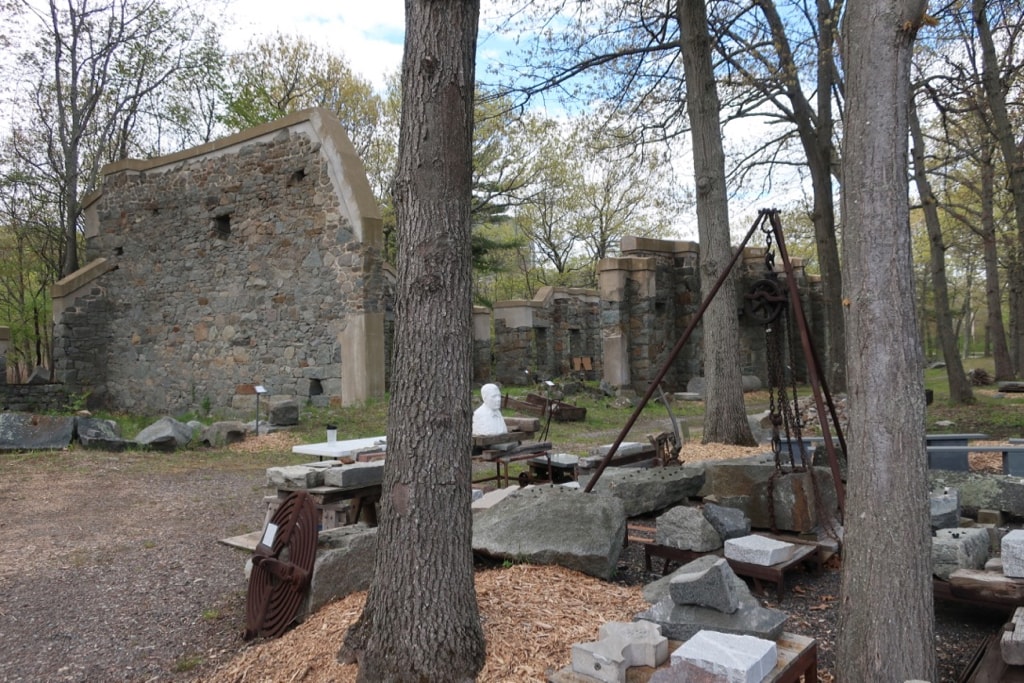
VISIT: Quincy Quarry and Granite Workers Museum
Here’s an attraction that most visitors to Quincy miss. And yet, it’s all about the industry that built and sustained this city. Plus, OK. It’s fun. The Quincy Quarry and Granite Workers Museum.
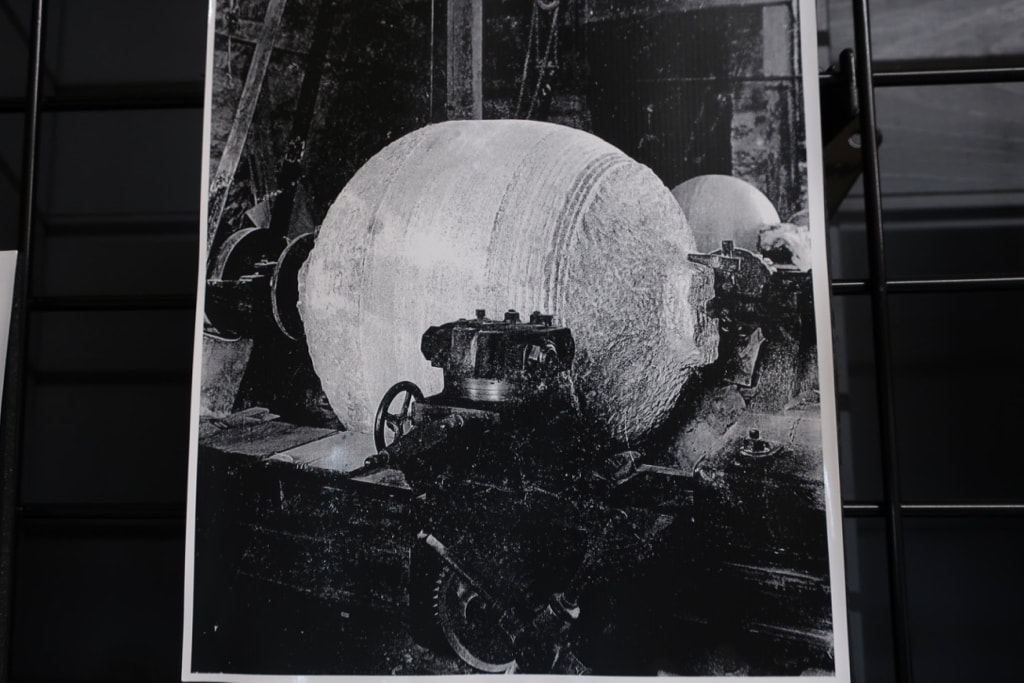
The indoor-outdoor museum sits within the ruins of Lyons Turning Mill, built in 1894. This busy factory used giant lathes to “turn” and polish granite into round balls as large as six feet in diameter, and columns up to 22 ft long, from stone mined from 22 quarries in the area and beyond. Final products were used as architectural elements on new buildings, and for embellishments on grand monuments.

(According to historian, Tom Bonomi, “In 1906, 500 Milford Pink Granite balusters for Penn Station were made here. The demolition of that station in 1963 was the catalyst for historic preservation in NYC. Some of those 29-ft. tall pink balusters were rescued from the Meadowlands dumping grounds and became lawn ornaments for New Jersey homeowners.”)
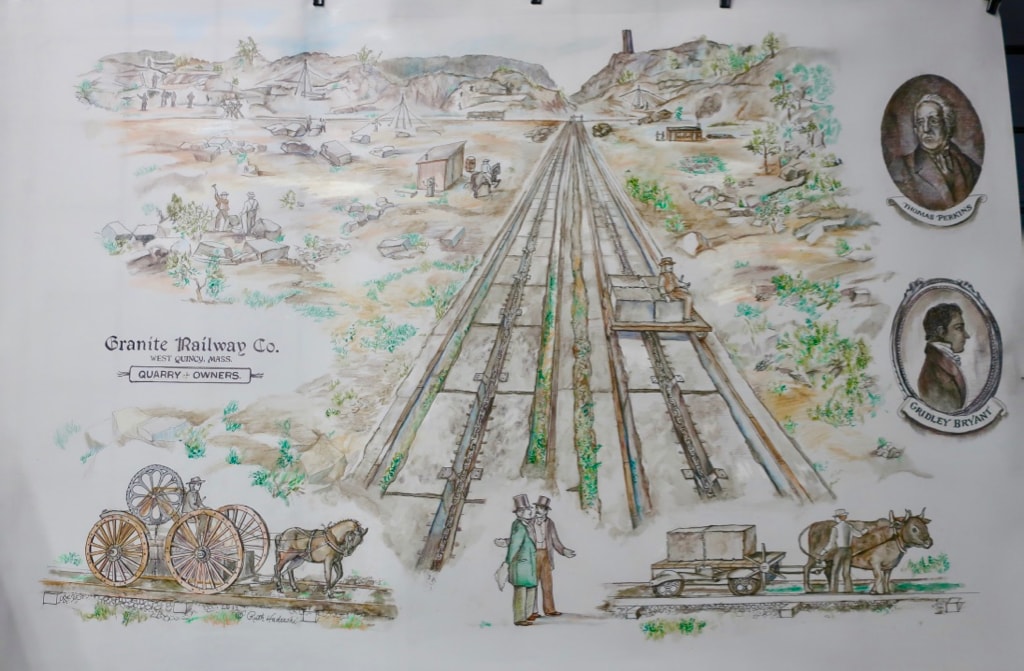
The Quincy Quarry railroad track actually ran straight through the building, aided by a 20-ton capacity overhead crane. The Lyons Turning Mill closed in 2017. But, by WWII, most of these mills had closed down as well. Now, it’s a popular spot for wedding photographs.
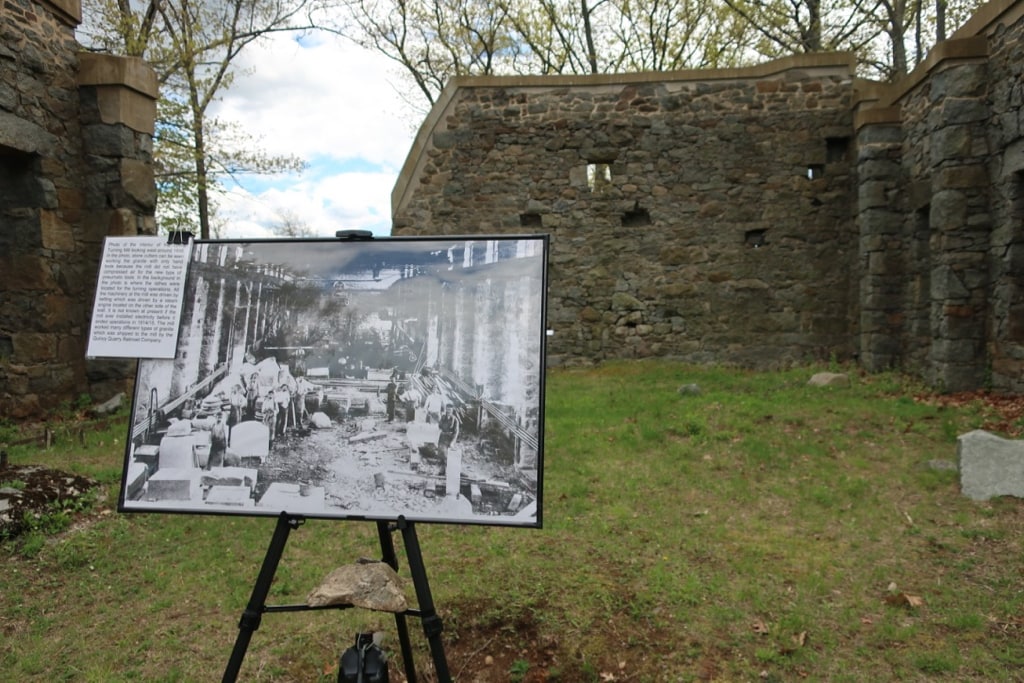
You can see what the mill looked like when the place was in full production through photographs posted around the ruins. And, during demonstrations, you can try your hand at the stoneworkers tools.
Step inside a trailer onsite for plenty more photos and artifacts: proof positive of the crucial role this industry played in Quincy history. There are pictures of the Bunker Hill Monument as it was being constructed, granite company stock certificates, a company ledger in Swedish, salesmen’s samples, tools, and more. Check website for dates and hours open.
This is one of our 10 Quirky Places to Propose in Massachusetts.
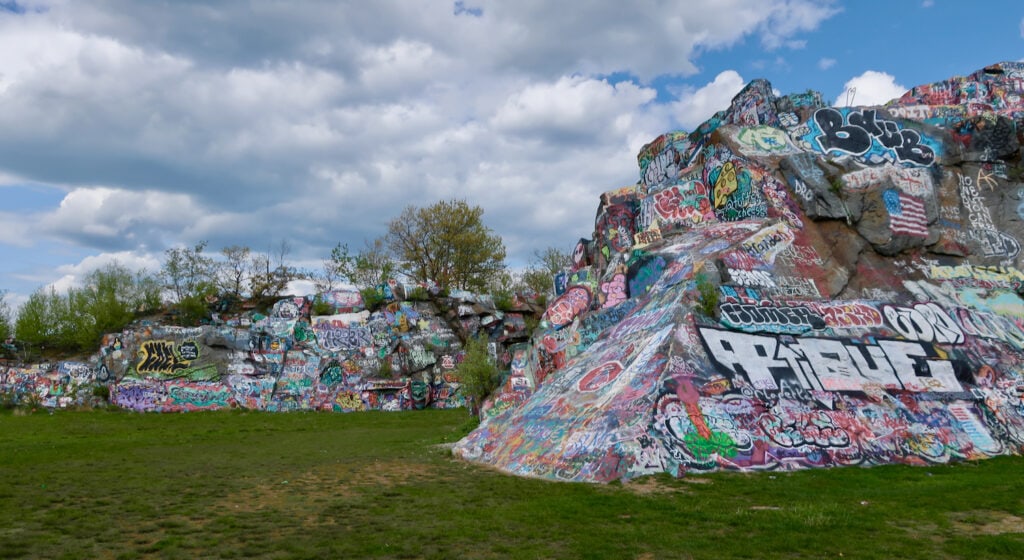
PHOTO OP: Graffiti Quarry
This “crazy popular” decommissioned granite quarry is now a magnet for the Instagram crowd from near and far, with rocks and boulders covered in vibrantly colored art and graffiti as far as the eyes can see. You’ll find the entrance near the bottom of Quarry Hill Dr. Open daily dawn to dusk.
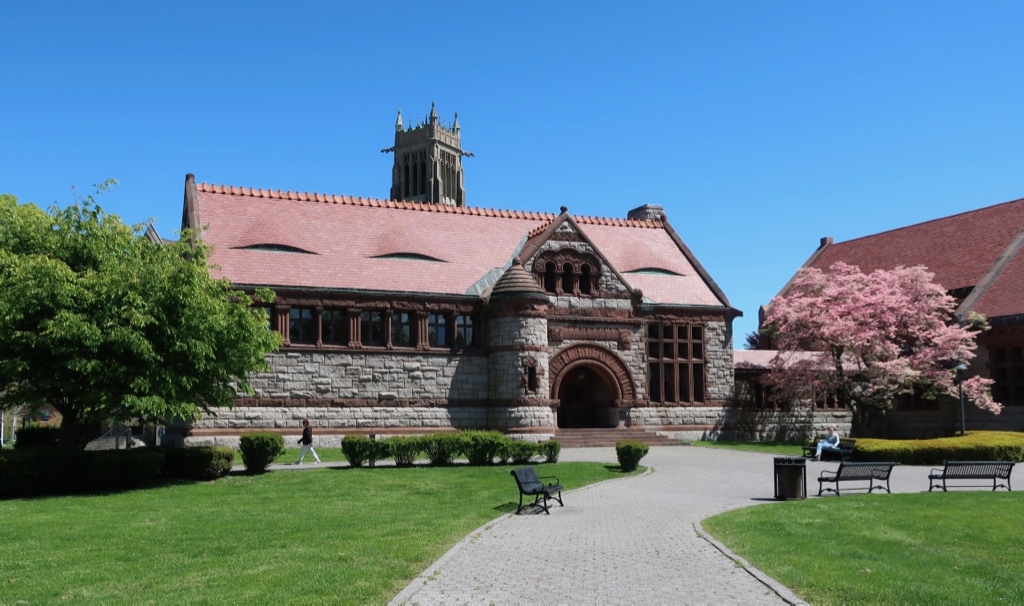
STOP IN: Thomas Crane Public Library, Richardson Building
The Thomas Crane Public Library, a 1881 red sandstone edifice, designed by the namesake of the “Richardson Romanesque” style, is something to behold. This is, according to some architectural historians, “the highest example of Henry Hobson Richardson’s work.”
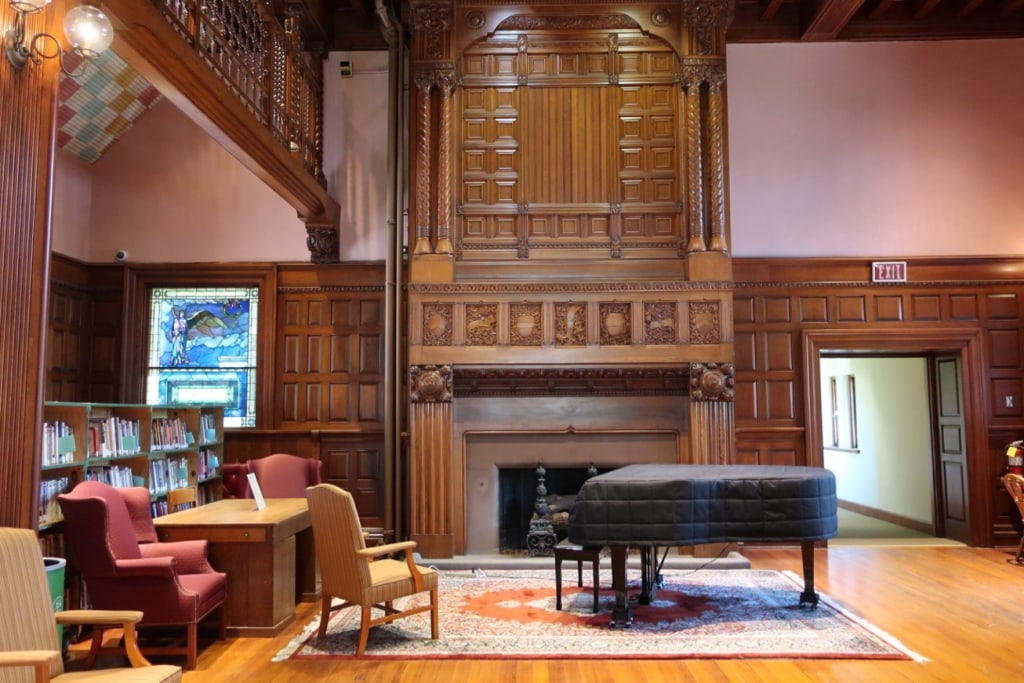
Stop in to marvel at the intricately carved woodwork, stained glass, and classic furniture. And imagine taking time to read in the intimate study areas above the periodicals.
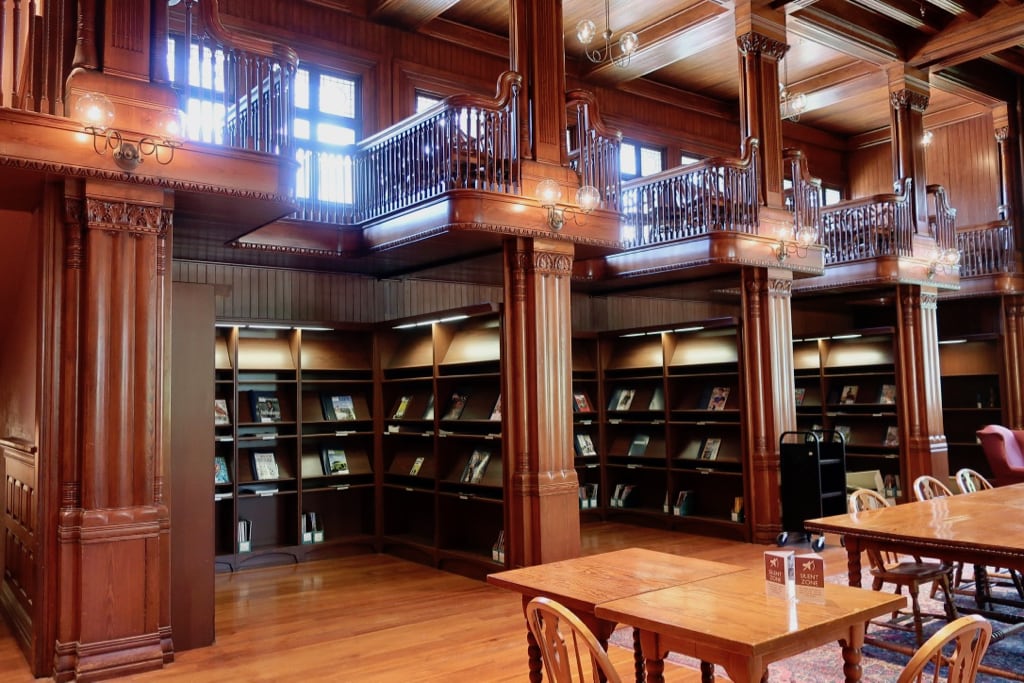
The project was funded by Thomas Crane, who “made it big” in the granite business after fires destroyed wood-built American towns. Quincy’s main library also incorporates landscaping by the Olmstead Brothers, John Lafarge stained glass, and bronze work by sculptor Augustus St. Gaudens. A 1920 addition added more stained glass and double-decker book stacks.
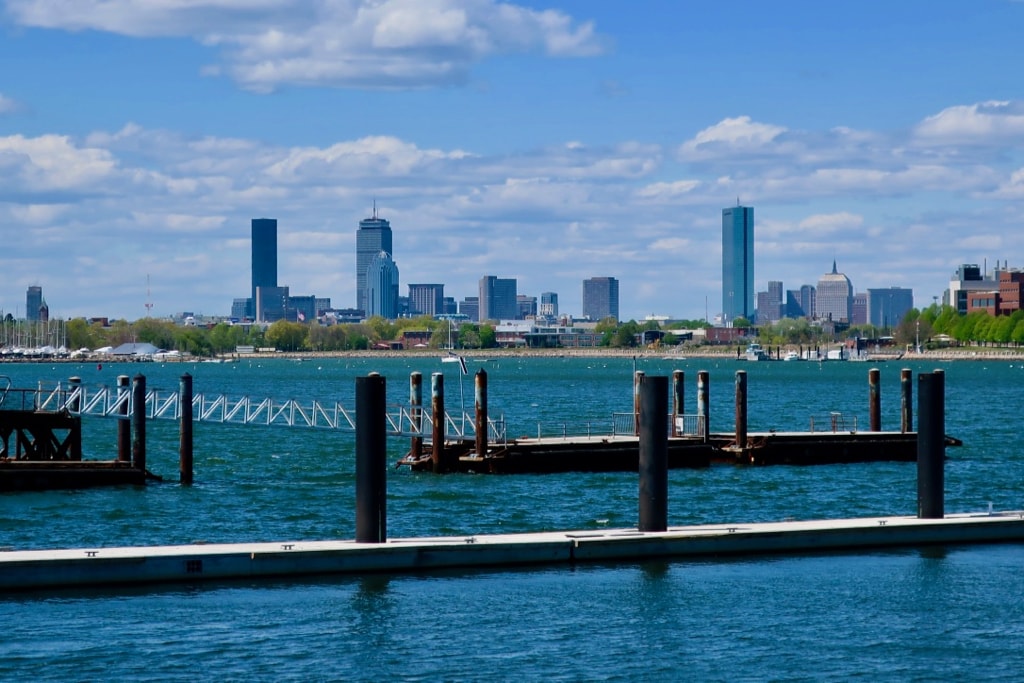
GO: Marina Bay
Over 5,000 people live in this waterfront enclave within view of Boston. The Victory Plant built Destroyers here in conjunction with Bethlehem Steel during WWII, and afterwards, it became prime property for redevelopment. Drive out here for the views and for a meal (see Where to Eat below).
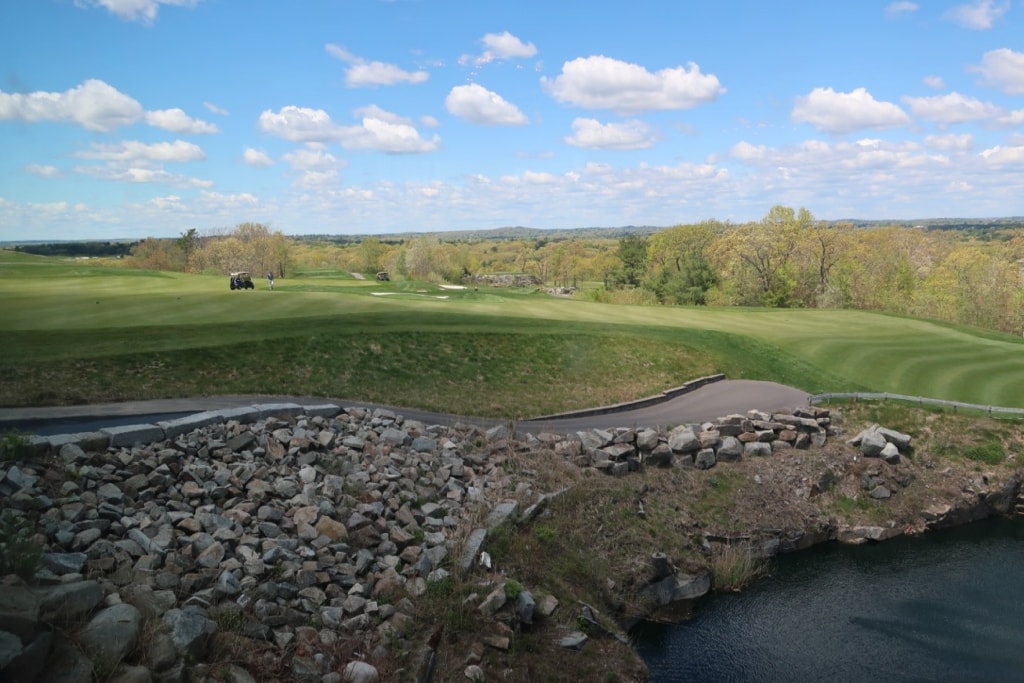
GOLF: Granite Links Golf Club
Play at the public-private Granite Links Golf Club atop the hill that was the center of Quincy’s granite industry Each hole, and every window from several restaurants, afford sweeping views of the city and surrounding landscape. Even if your game is off, you can take solace in the vistas. Check website or call if non-member for tee times.
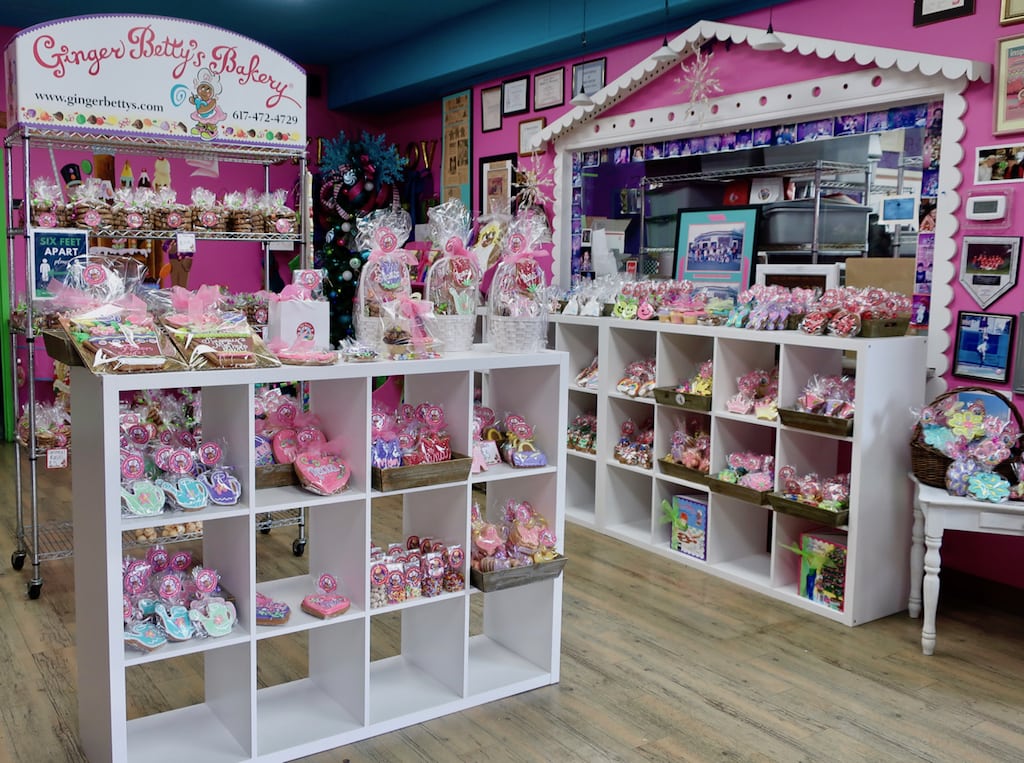
SHOP: Ginger Betty’s
This adorable Ginger Betty’s shop has been a Quincy staple for over 30 years. Gingerbread and soft Gingersnaps are all made in house and have become popular hostess and celebration gifts.
Where to Eat in Quincy MA
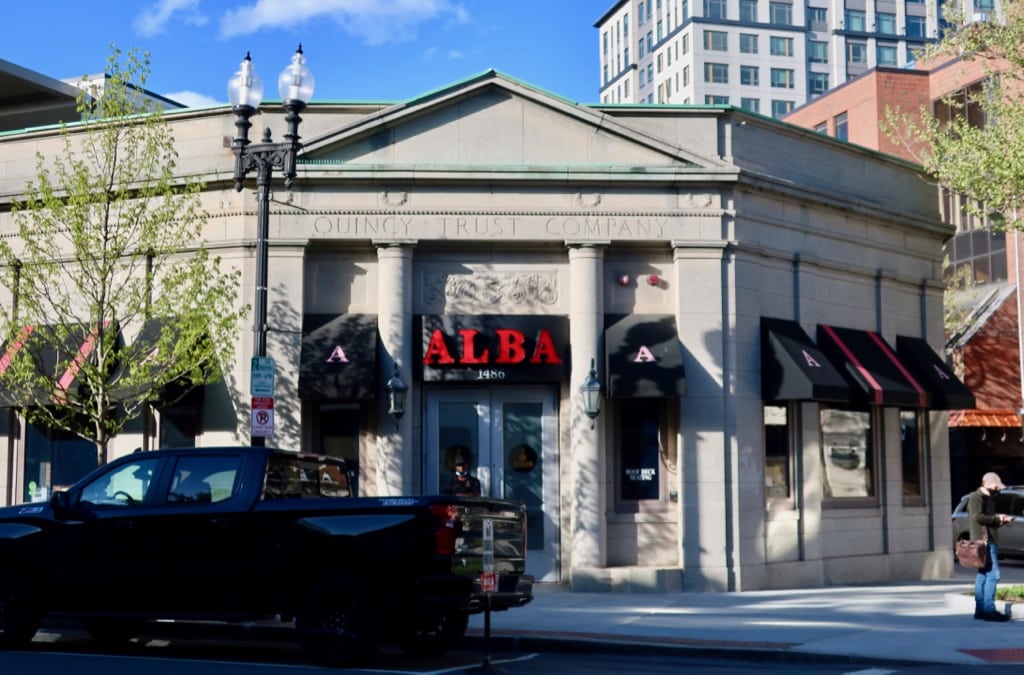
EAT: Alba
Owner Leo Keka sings the praises of Quincy – just 7.5 miles from Boston, and a great place to eat and stay. Bostonians have certainly found their way to Alba, a chophouse – sushi restaurant, with patrons pouring out of limos and Uber-X’s to dine here on a random midweek night.
Keka is very hands-on, exhibiting enormous pride in his Albanian heritage and the dishes that his chefs create. Portions are huge, but considering the romantic ambiance, not outrageously priced. For example the signature house-made Bolognese is just $27.
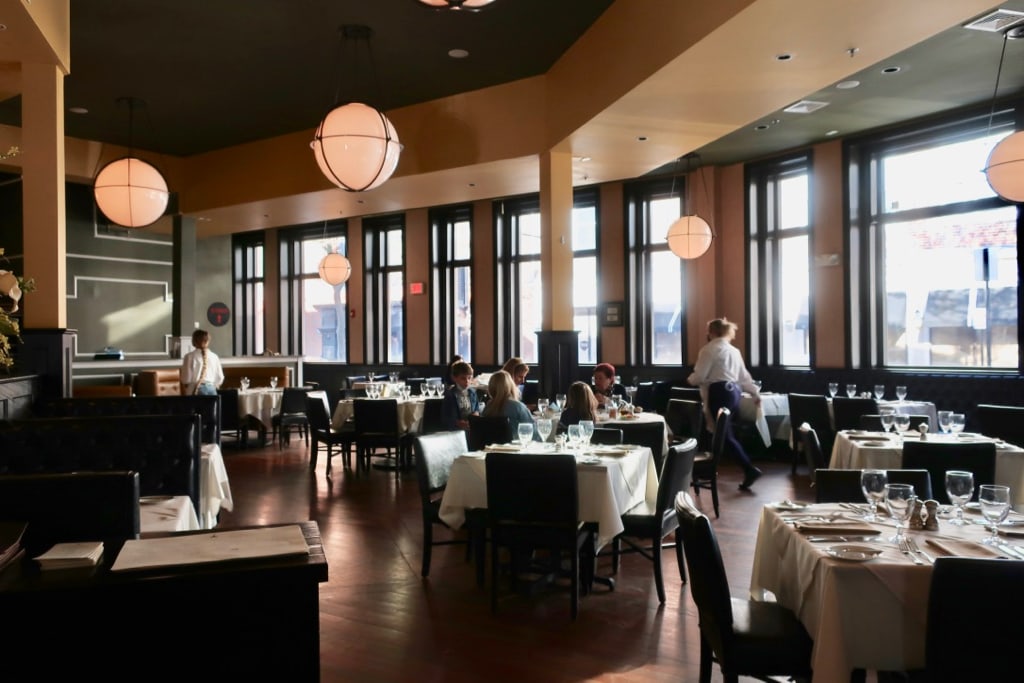
Keka’s new sushi chef constructs both traditional and unusual rolls – like the excellent Mango Mambo Roll, and Maui Onion Roll. Of course you can get great aps like Paprika Shrimp, Octopus, and end (or start) the night reveling at the rooftop bar.
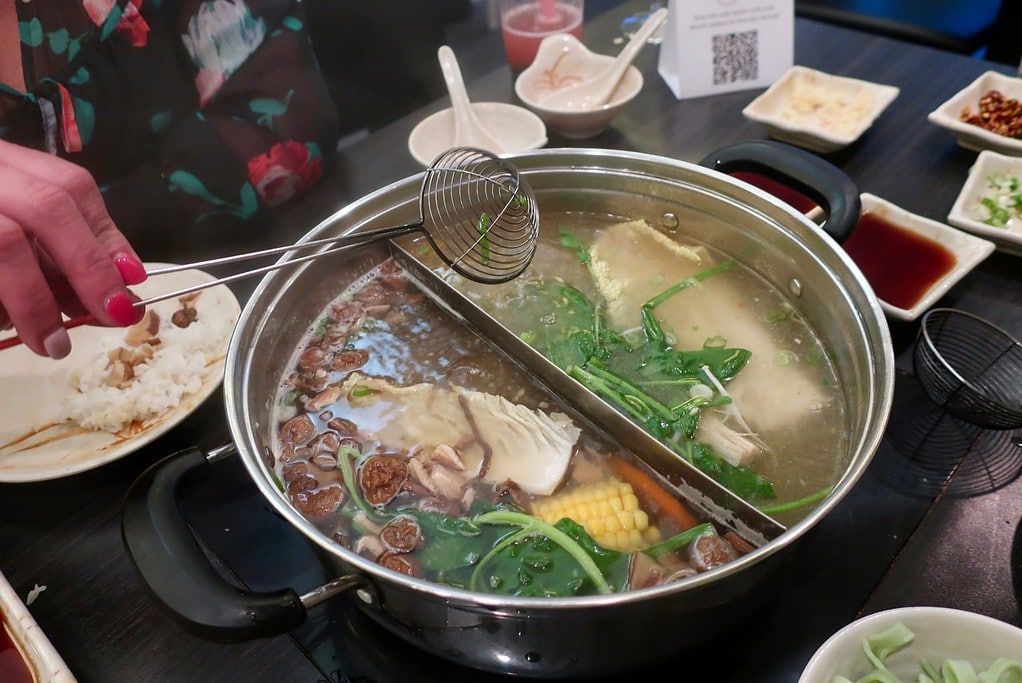
EAT: Shabu – part of Fuji Restaurant Group
First off, Shabu owner, Jimmy Liang, is hot stuff. This amiable, smiley, personable guy also runs other fantastic restaurants with his tweak on Asian food. This one, Shabu, is destination for everything “Hot Pot.” Even the taste of hot pot broths are superior to most restaurants of this kind – lending umami intensity to the meats and raw veggies that stew in them.
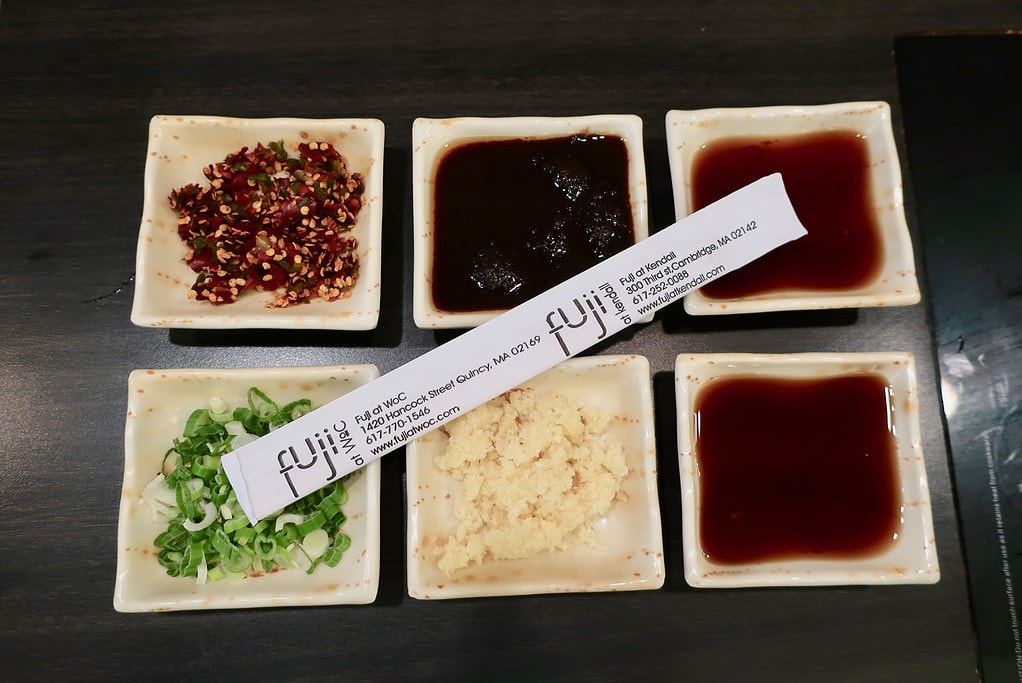
Jimmy Liang is one of those immigrant-made-good stories. His family came to Quincy from China when Jimmy was a kid. As Jimmy tells it, he was a restless teen and not very interested in anything. That changed when a well-regarded Sushi chef took Liang under his wing, taught him the ropes, and installed him in his kitchen. By age 16, Jimmy was sending out his Sushi creations to hungry guests.
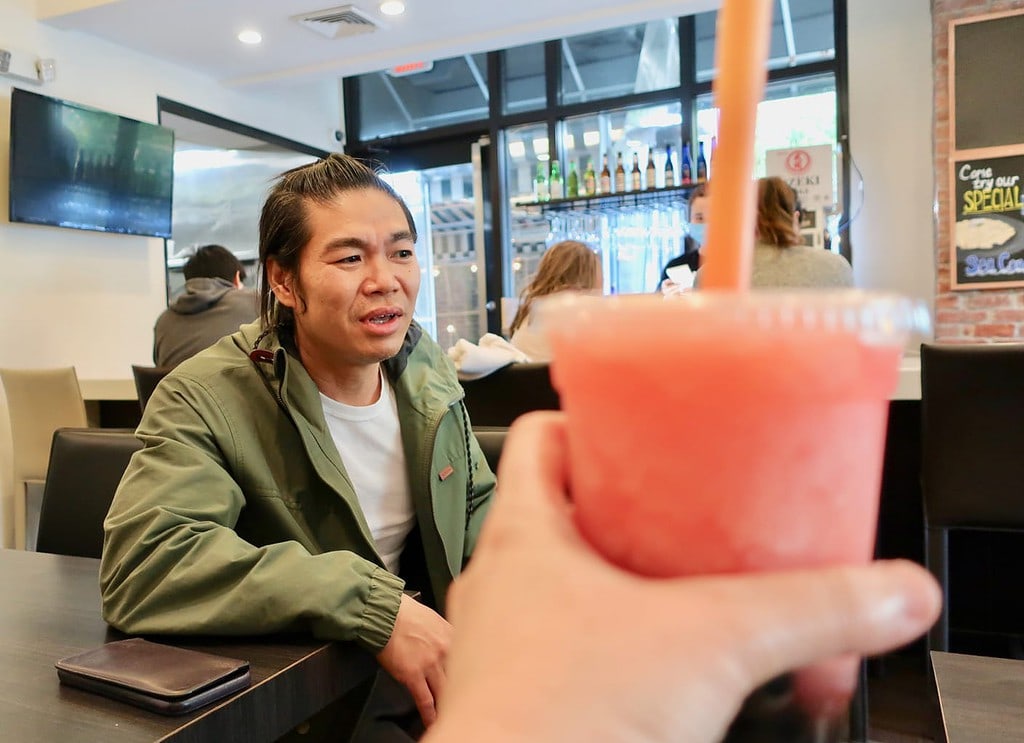
Fast forward a few decades, and, Laing is a young entrepreneur with seven restaurants in Boston and the surrounding area.
Grateful for the opportunity, Liang enlisted his brothers, friends, and cousins to work with him in his business. Though trained as a classical Japanese Sushi chef, says Laing, he’s “evolved over the years. Now, I create American sushi,” with fish from Boston waters.
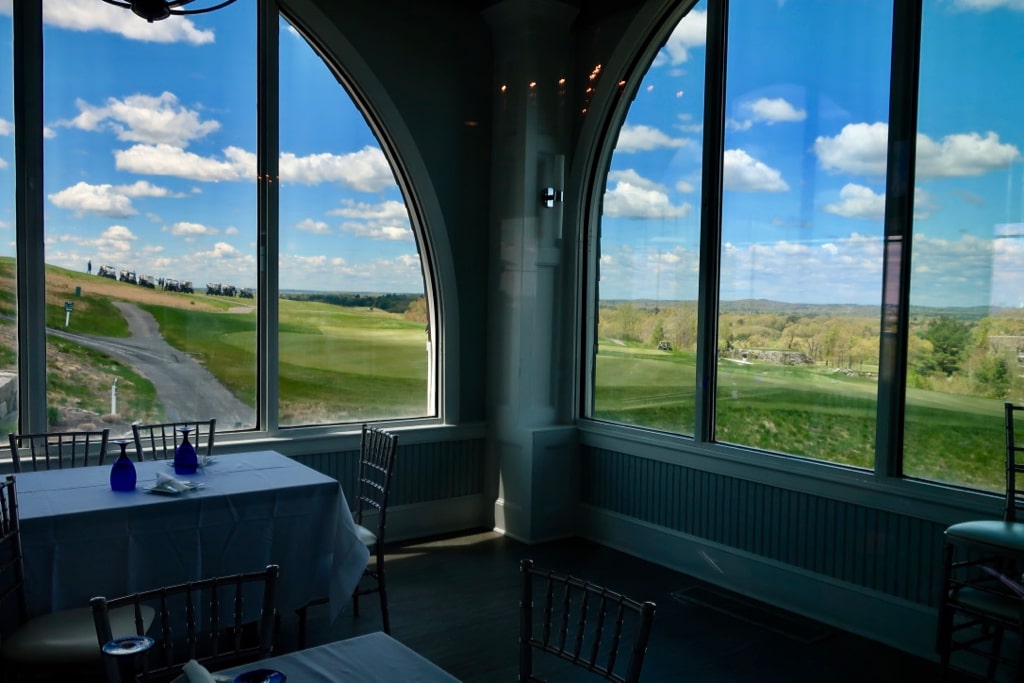
EAT: The Tavern at Quarry Hills
Dine on classic New England fare – Turkey Sandwich, Baked Haddock, New England Clam Chowder – while watching golfers try to negotiate the hillside course at The Tavern at Quarry Hills. The menu is huge – covering burgers to flatbreads to steak and seafood. Not a miss among the dishes.
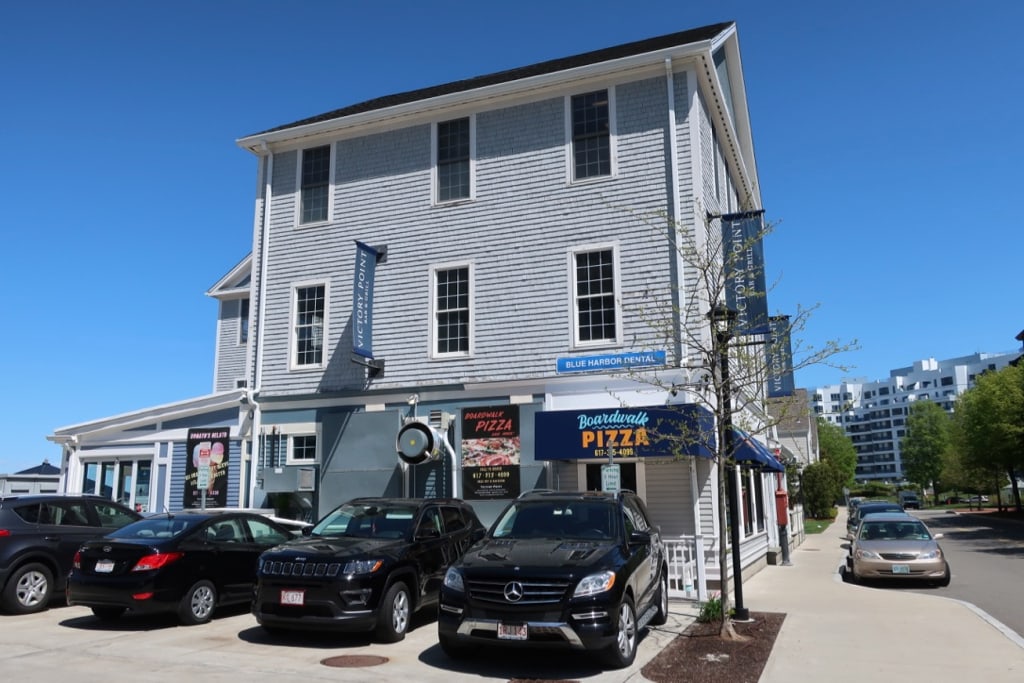
EAT: Victory Point Restaurant, Marina Bay
Boats swing at docks right outside this Italian spot – Victory Point Restaurant – in Marina Bay. When Covid hit, owner, Donato Frattaroli, brought over a chef from one of his restaurants in Boston’s North End to helm the kitchen at Victory Point.
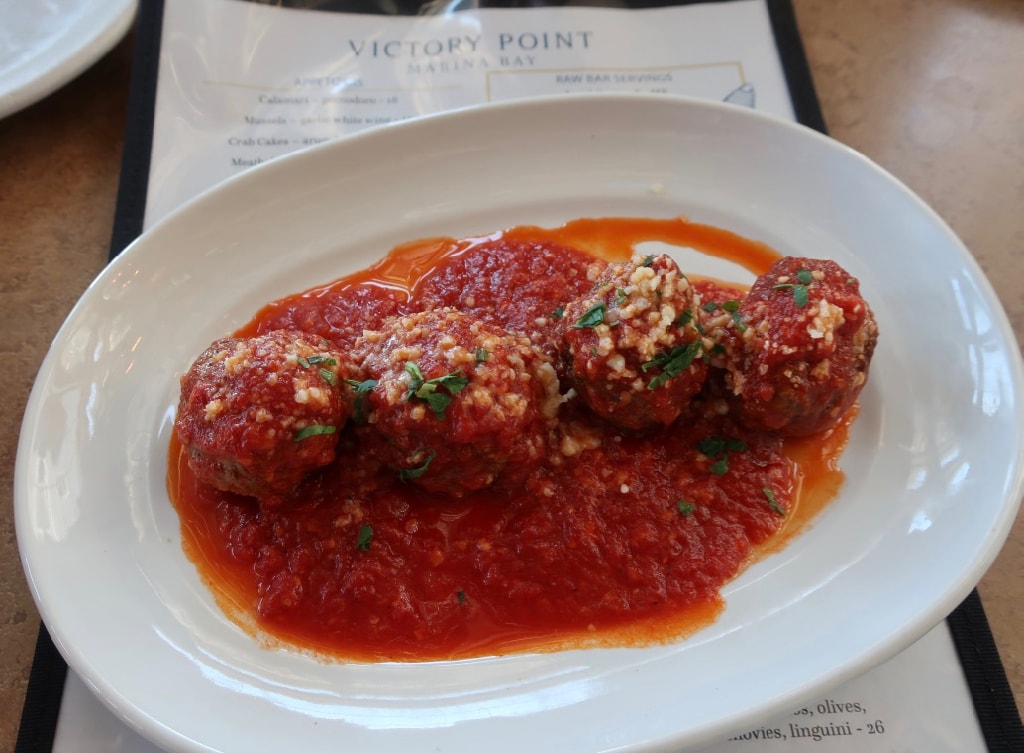
Word spread and business picked up. No surprise: the pastas, meatballs, and entrees, like Cod Milanese, are superb. But it’s the pizza – with soft chewy crust – that amazes. Try the Prosciutto and Fig – after one bite, you might decide not to share.
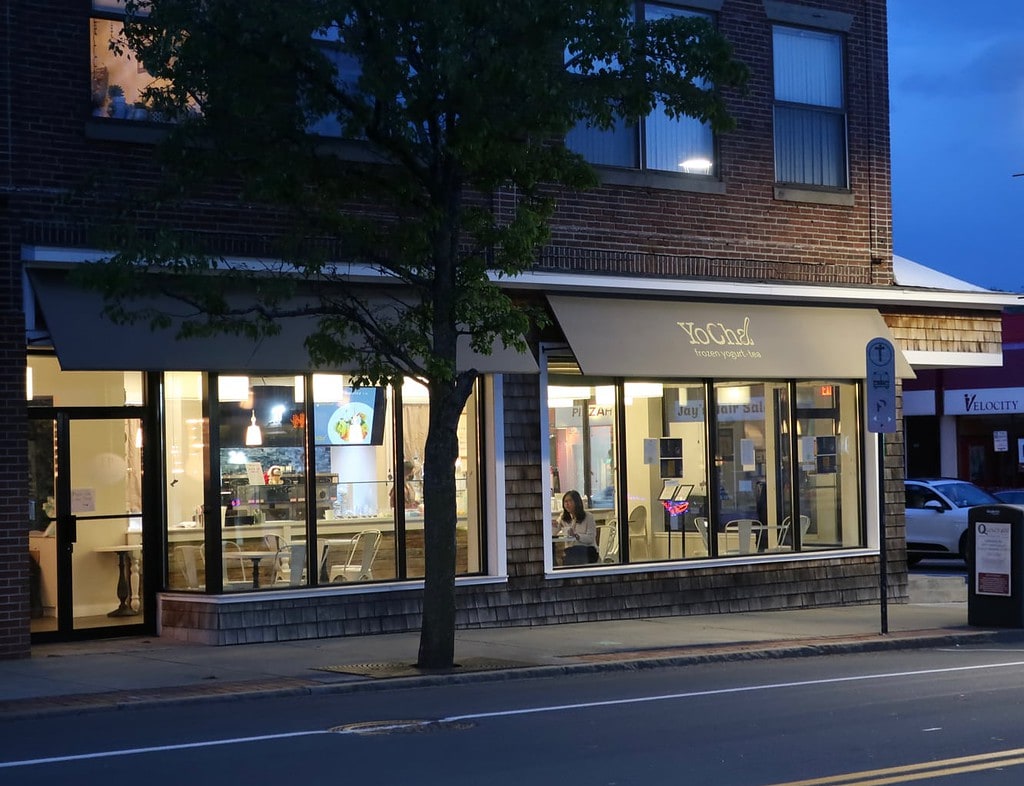
EAT: Locals Love
Pearl & Lime for Latin fare, Masons Steakhouse, Drifters Kitchen & Bar for burgers, Tokenfire for wings.
In Marina Bay: Siro’s for high end, white cloth Italian, Reelhouse for New American, and Water Club – a 30-something hotspot.
Where to Stay in Quincy MA
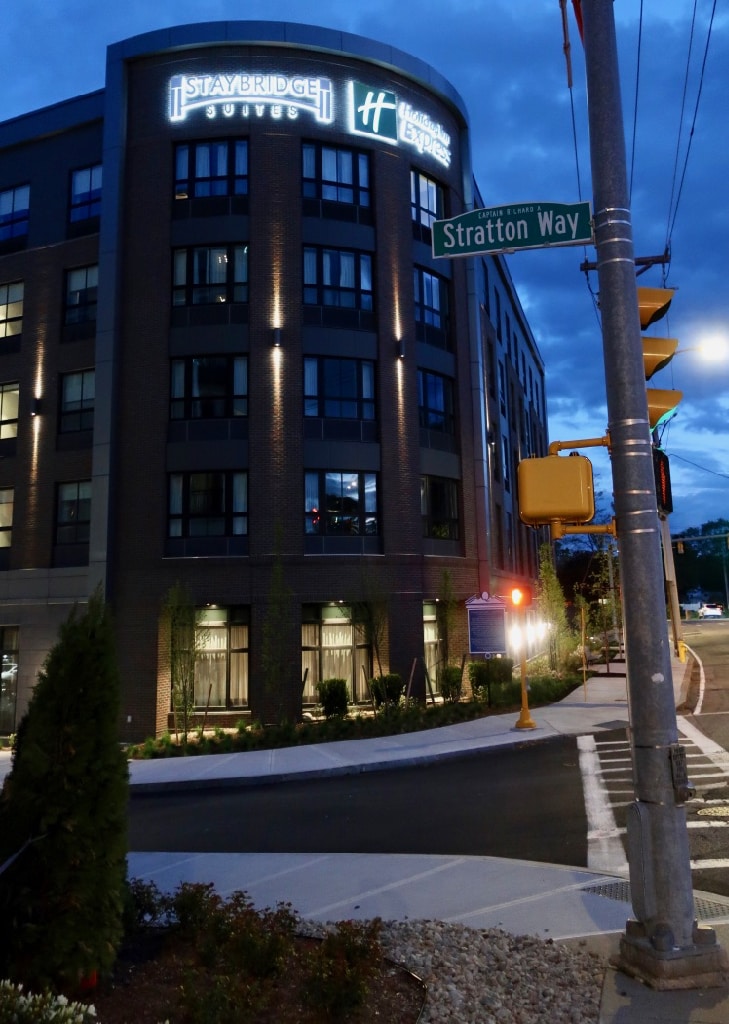
STAY: Staybridge Suites/Holiday Inn Express
When the production crew for the Whitney Houston biopic, “I Want to Dance With Somebody,” needed a longer term place to stay in Quincy, they chose the newly opened Staybridge Suites Hotel.
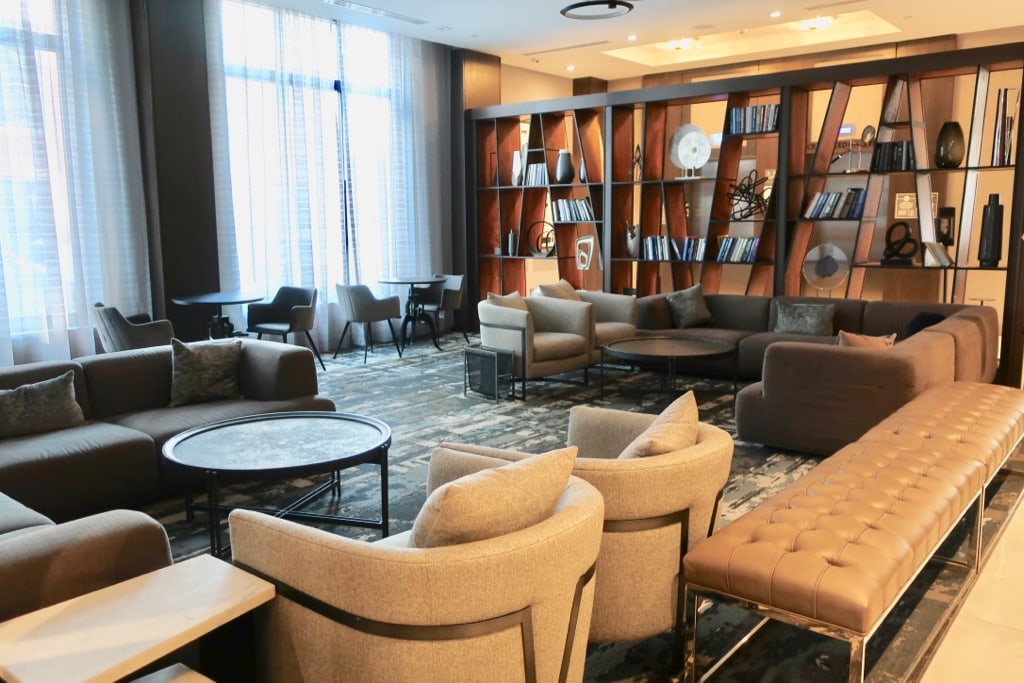
In fact, this hybrid hotel (Holiday Inn Express and Staybridge) is known among HBO, Netflix, and other movie crews as a decently priced, upscale, modern lodging near town, with everything they need. It’s only a couple of miles to Quincy town center, and four stops on the T into Boston or a 7-mile drive to downtown Boston.
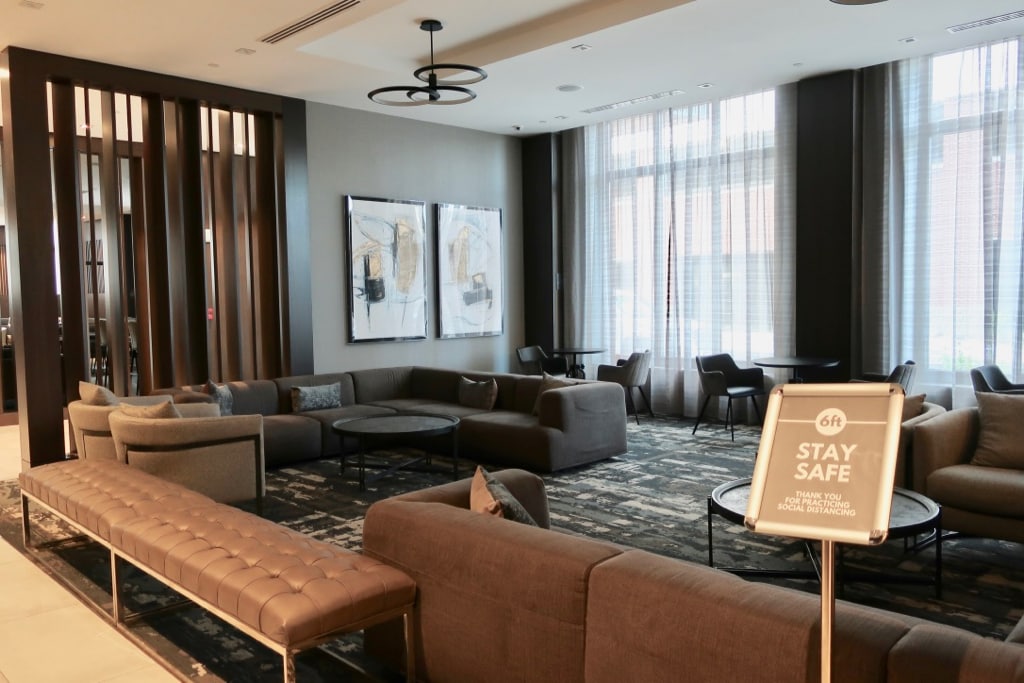
As with most contemporary hotels these days, there’s widespread use of a gray color palette. Part of the Colwen Hotel group, known for its elevated design components, Staybridge décor is clean-lined modern.
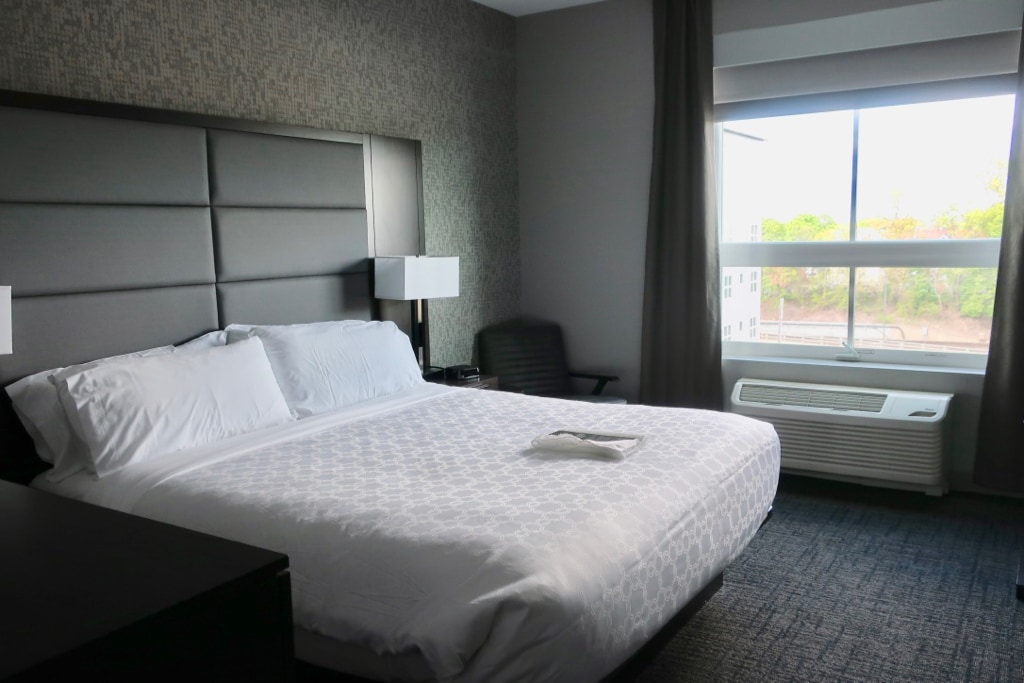
In that regard, ultra-comfy beds are dressed in white duvets, with charcoal colored leather backboards, and gray patterned wallpaper and carpeting. Each Studio King features a pull out couch (no doubles). Bathrooms sport lighted vanity mirrors and glass showers.
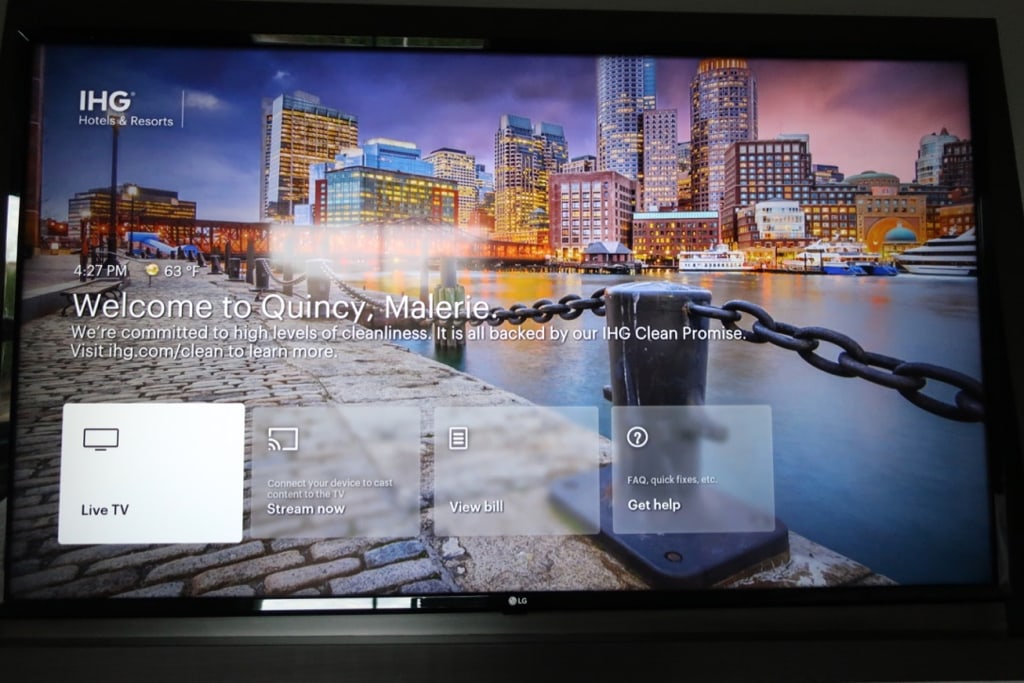
A personalized Welcome greets each guest to the rooms: a nice human touch. There’s also a laundry room on each floor, allowing guests to wash and dry clothes for free. Even the detergent is complimentary. A very nice perk for longer-term guests: or road trippers eager for fresh underwear.
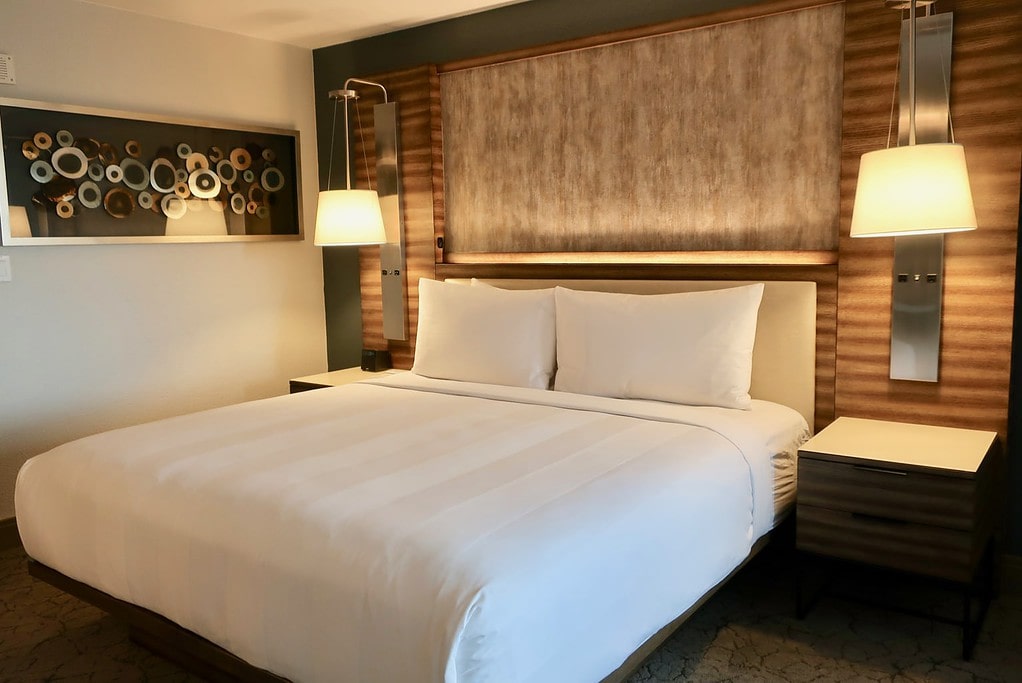
STAY: Marriott Quincy
You can view Boston from one side of this hilltop Marriott Quincy Convention Hotel, and the Atlantic Ocean on the other. Vistas, of course, are particularly picturesque from the 9th Floor Concierge Level’s M-Club, where in-the-know guests get some work done, have breakfast, and enjoy a small bites cocktail hour each day – complimentary. There’s a shuttle to the T-Stop down the hill for a quick trip into Boston.
The lobby has been reconfigured with the business traveler in mind, as well. Plenty of tables feature ports and outlets. For workout fiends, the impressively huge Rebok designed gym stocks Life Fitness Machines, all kinds of weights, and an indoor pool.
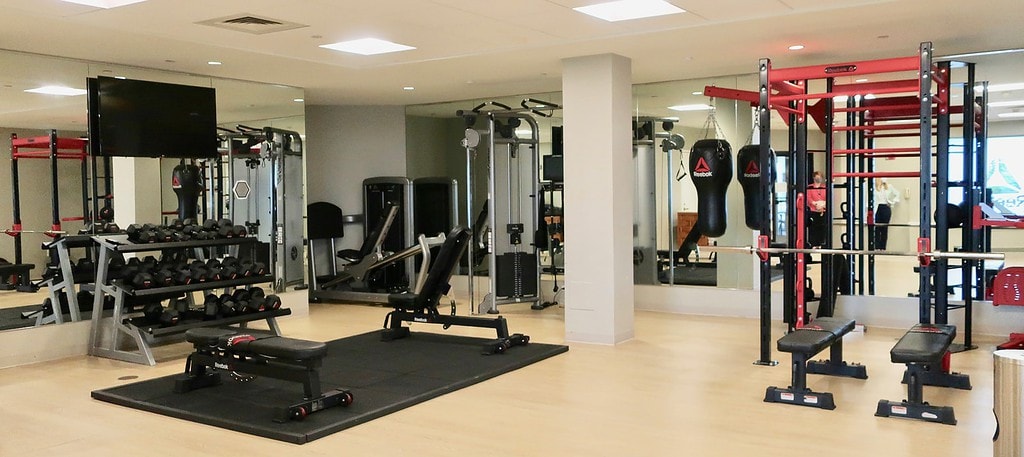
Trendy, modern guest rooms were recently renovated in metallic shades of silver and bronze. All have 55” TV’s, electrical outlets above bed stands, and plenty of light and cool “ceramic rock” art in the bathrooms.
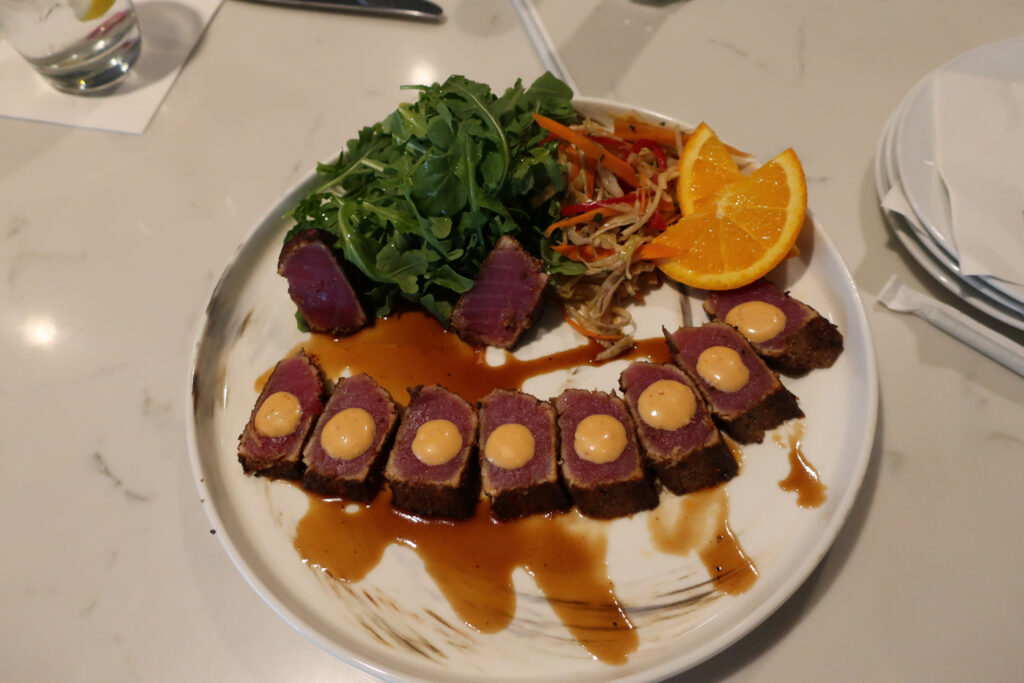
Yes, there are plenty of great restaurants in Quincy, but the Marriott’s on-site Hull & Mason is no slouch. If you’ve just arrived, or are exhausted from a full day, there’s no need to leave the premises. Dishes are tasty and fresh – with salads featuring just-picked from the garden snap.
STAY: The Adams Best Western
Overlooking the Neponset River, Best Western Best Western is popular with locals for drinks outside on the Gazebo. The 2-mile long Neponset River Walk, in fact, starts at the gazebo and extends along the riverfront to Squantum Point Park.
Add on one or more of these Boston Getaways for a weeklong vacation:
- American History; Boston Style (With Martinis)
- Macabre Boston MA: Dark, Spooky, and Delicious
- Waterfront Boston MA On The Water; Two If By Sea
- GirlfriendBoston MA: A Terrific Girlfriend Shopping Getaway
- ArtBoston MA: Immersed In Art–Good, Bad, and Yours
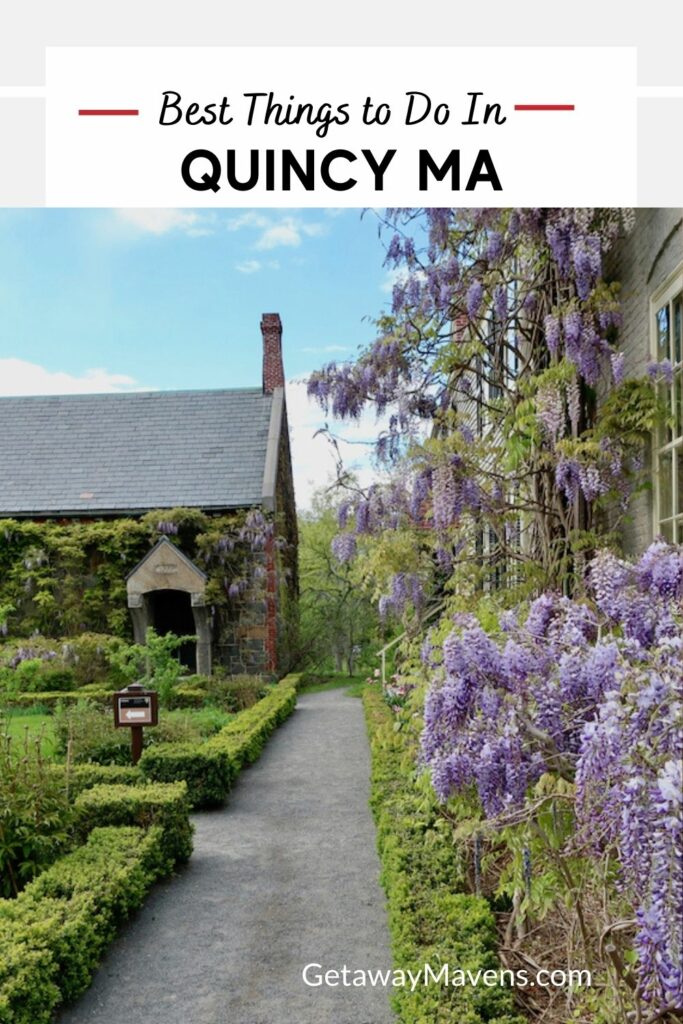

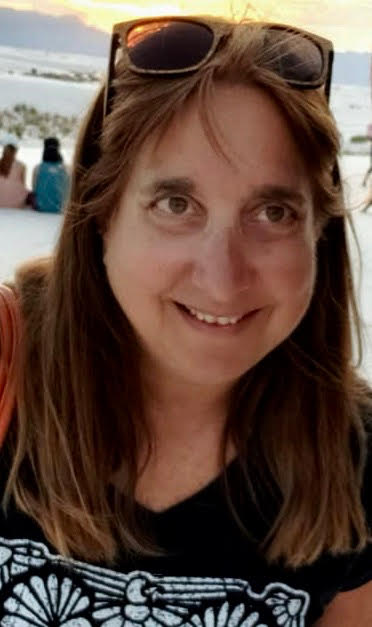
Thank you for the fine tour!
I lived in Quincy for over 50 years and you folks brought back great memories !
Malerie, What a great article!!!! As a lifelong resident in the City of Presidents, I enjoyed the tour ( as Dean said) & recommendations of the local businesses!!! Thank you
Thanks for the tour. I like living in Quincy but we do need to fix the roads. Lots of new condos going up but our roads & sidewalks are crumbling.
Hi Shay – hopefully funds from the Infrastructure Bill will help with that. Quincy has definitely come a long way, though, in the past 5 years. Thanks for reading and commenting. Malerie
My name is Rob and I was born and raised in Quincy. My mom birthed me at the now gone Quincy Hospital, way back when they had a maternity ward. I grew up in The Point and have been a Point “Kid” my whole life. From Avalon Beach to Fore River Feild and the old Clubhouse, those were my stomping grounds. I used to go to Woolworths and bring in my report card, if I had good grades I could get a free meal! When I was 10 years old me and my friend Dennis would each have $10! That was enough to go see a movie at the Cinema, get lunch at Woolworths and grab a few comics at New England Comics! I miss those days, but Quincy will Always be a part of me. As I will Always be a part of Quincy!
Hi Rob – such great memories! Thank you so much for sharing. I love reading comments like this. Thanks again – Malerie
Most of this amazing History actually happened in Braintree. Quincy did not become established until 1792. This is a great article though. I love all the info on the new things to do and see.
Thanks for the kind words, Deb. And, thanks for the correction. I appreciate it!